Sydney-Wide, Wollongong & the Illawarra
24/7 Emergency Flood Service
Available Now (02) 9090 4625
Teams available now to help you through...
FLOOD DRYING,
FLOOD CLEAN UP,
MOULD TREATMENT,
SEWERAGE CLEAN UP,
CARPET DRYING
& MORE...
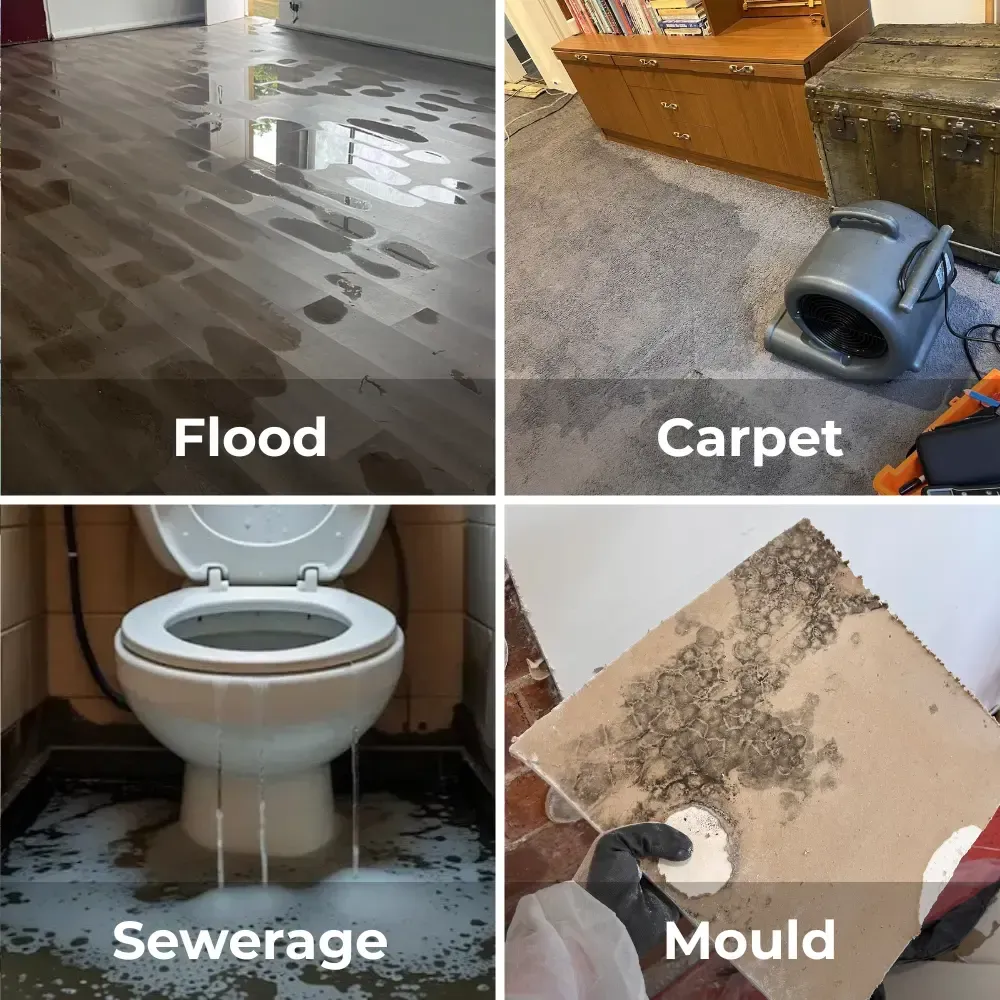
Available Today
Rated 5-Stars by Our Customers
24/7 Emergency Support
Servicing Sydney, the Illawarra & Wollongong
IICRC Certified for Peace of Mind
Insured / Public Liability
Background checked
Insurance reporting
IICRC Certified Firm
Teams available now to help you through...
FLOOD DRYING,
FLOOD CLEAN UP,
MOULD TREATMENT,
SEWERAGE CLEAN UP,
CARPET DRYING
& MORE...

Available Today
Rated 5-Stars by Our Customers
24/7 Emergency Support
Servicing Sydney, the Illawarra & Wollongong
IICRC Certified for Peace of Mind
Insured / Public Liability
Background checked
Insurance reporting
IICRC Certified Firm
Get in touch
What Can we help with?
What Can we help with?

Flood

Mould

Sewerage

Emergency

Fire

Storm
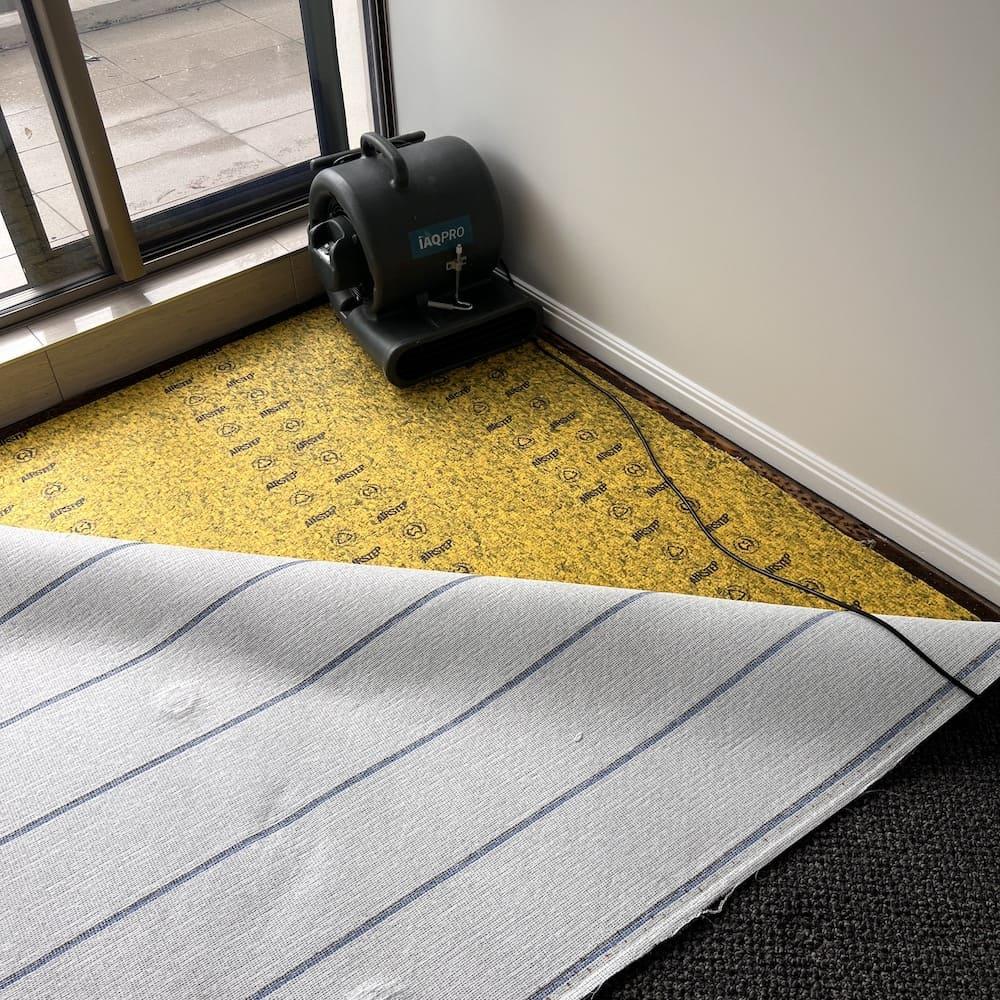

Here to help in an emergency
At High Demand Restoration we assist our customers with a range of emergency situations such as:
Flood and storm damage
Drying Flooded carpets
Mould treatment and removal
Mould assessment
Complex mould problems
Wet walls and ceilings
Floods from burst pipes and appliances
Bathroom and sewerage backflows
Plumbing and pipe leaks
Removal of standing water
Ground level flooding
Drying wet walls, floors and ceilings
Leaking roofs and gutters
Grease trap failures
Challenging clean up projects
WHAT OUR CUSTOMERS SAY
OUR SERVICES
Mould Treatment
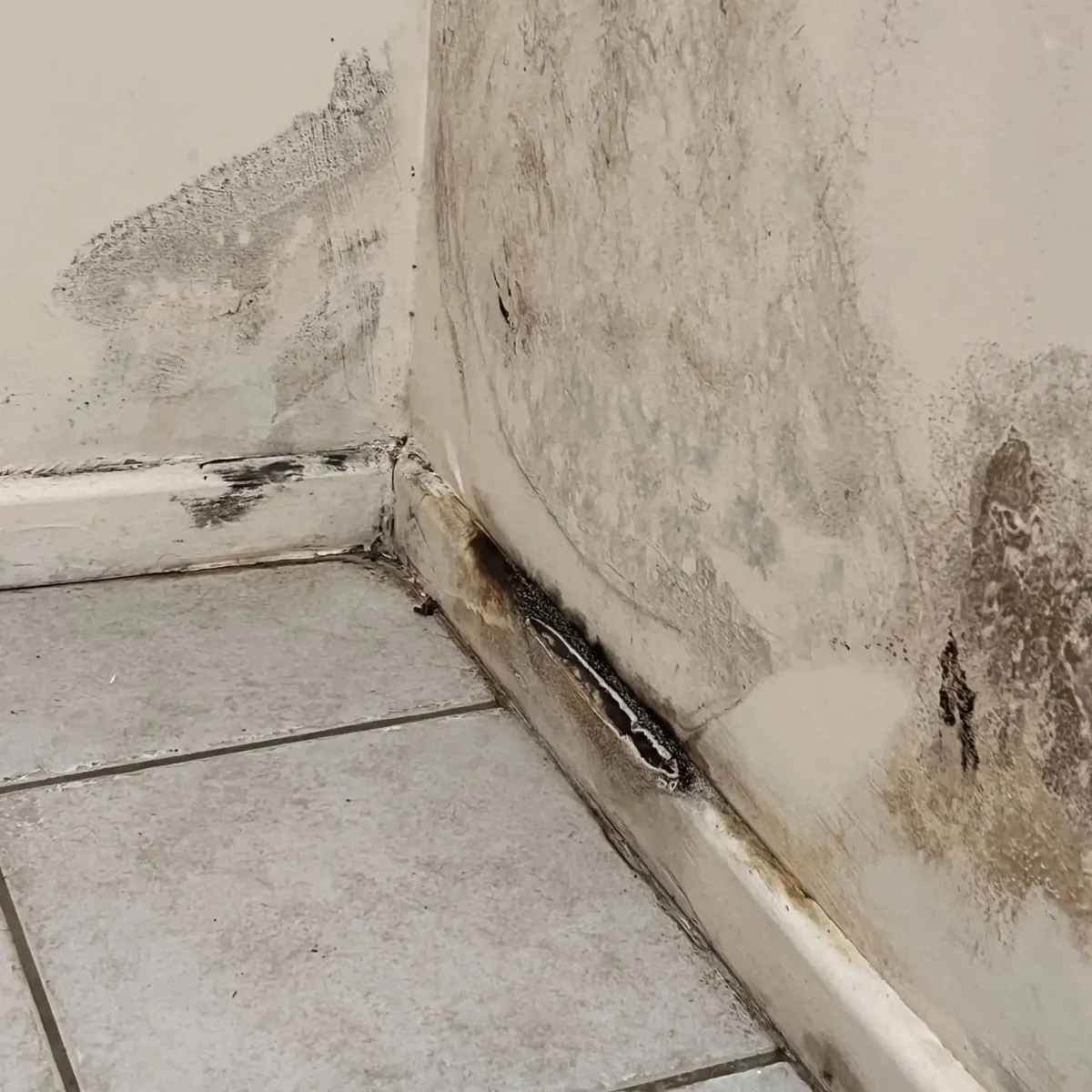
At High Demand, we understand that mould growth can pose serious health risks and damage to your property. As a leader in mould remediation, we respond quickly to customer needs, offering expert services to identify, remove, and prevent mould infestations.
Mould Assessment
Leak detection
Mould Removal
Mould Fogging
Mould Remediation
Mitigation Strategies
Carpet Drying
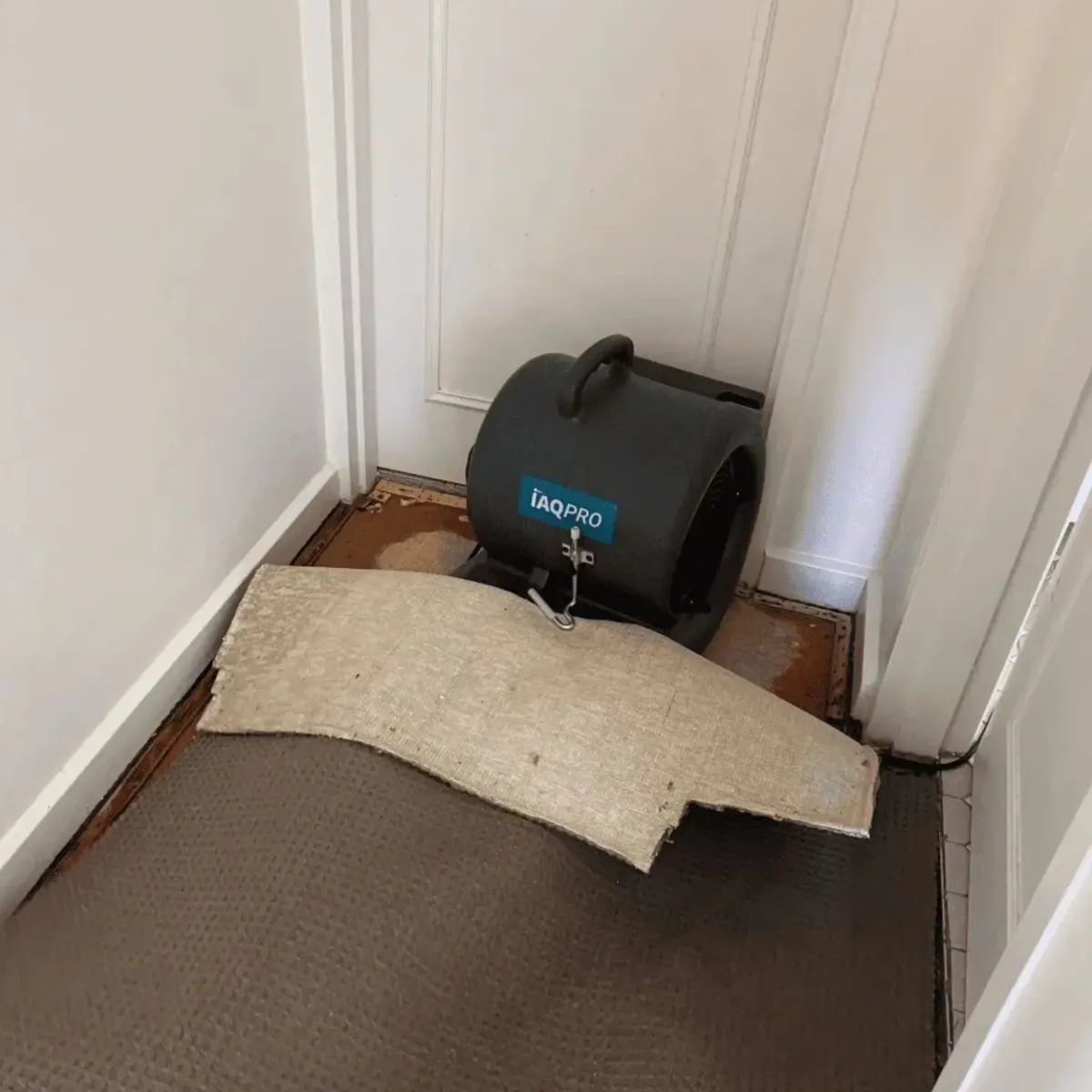
Drying carpets after water damage is essential to avoid long-term issues like mould growth, odours, and permanent damage. Acting quickly helps prevent further damage and allows your carpets to be effectively restored using professional drying and cleaning techniques.
Water Extraction
Moisture Detection
Structural Drying
Odour Removal
Carpet Restoration
Mould Prevention
Carpet Cleaning
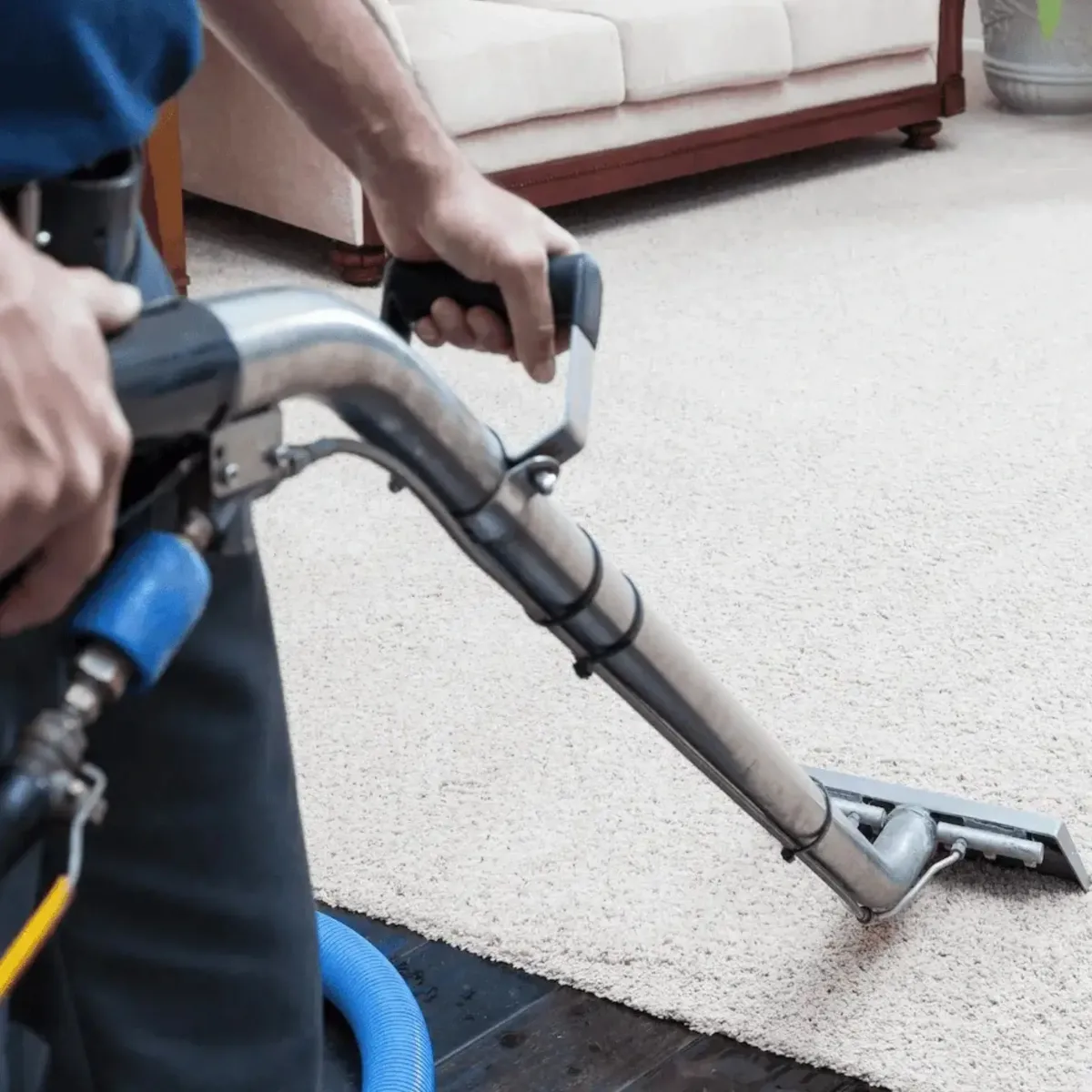
We restore your carpets with deep cleaning services that remove stains and odours. Our professional team uses advanced cleaning technology and eco-friendly products to bring back your carpet’s freshness and softness, leaving it looking and feeling like new.
Carpet Odour Removal
Carpet Stain Removal
Carpet Steam Cleaning
Carpet Dry Cleaning
Carpet Protection
End of Lease Cleaning
Sewerage Clean Up
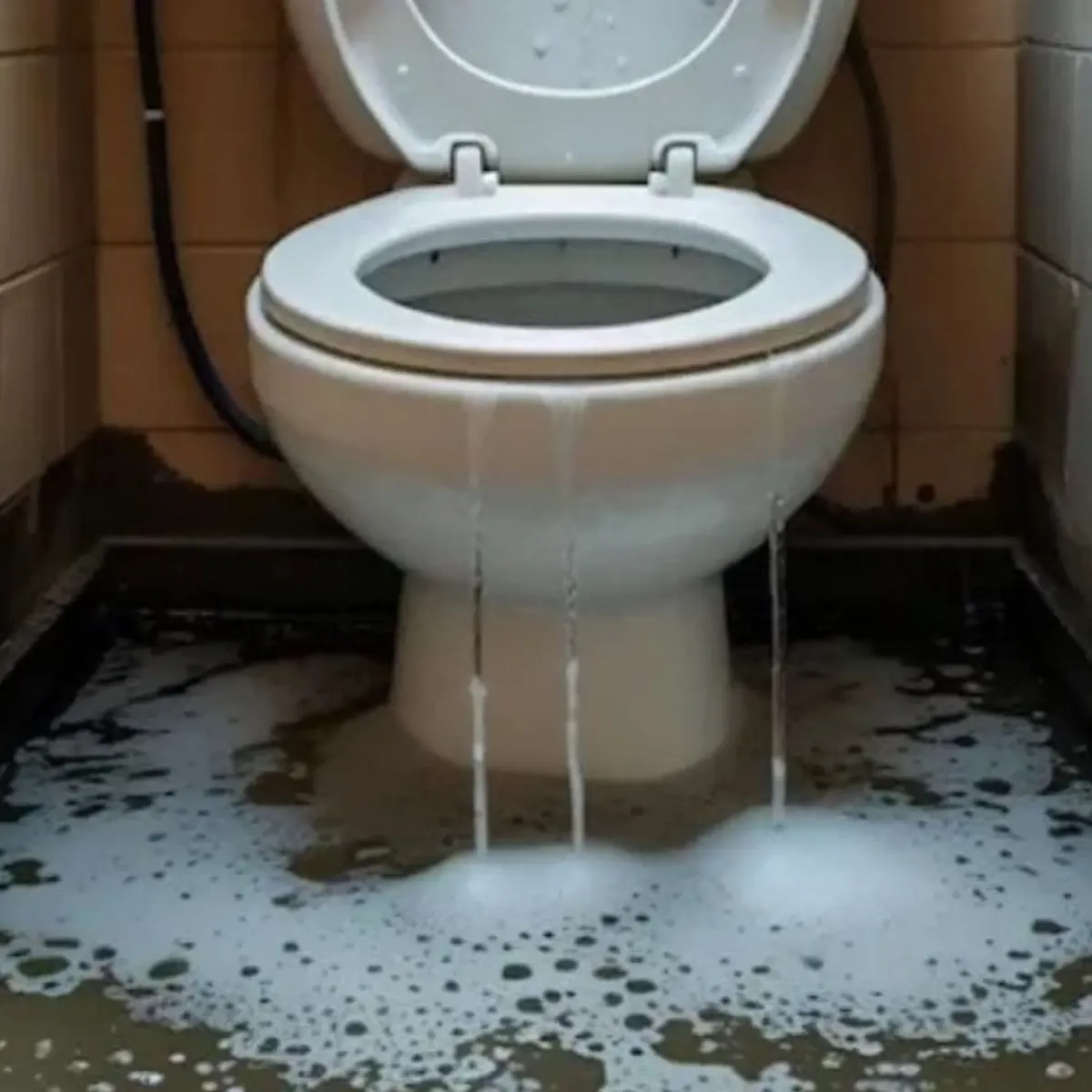
We specialise in professional sewerage cleanup services, providing fast, reliable assistance when customers face challenging and unpleasant situations. We understand how disruptive and stressful sewer backups can be, which is why our expert team is dedicated to restoring safety and cleanliness with care and efficiency.
Organic Matter Cleanup
Contaminated Water Removal
Content Disposal and Recovery
Deep Cleaning and Disinfection
Odour Elimination
Sanitisation and Hygiene Control
Health and Safety Assurance
Property Restoration
Structural Drying
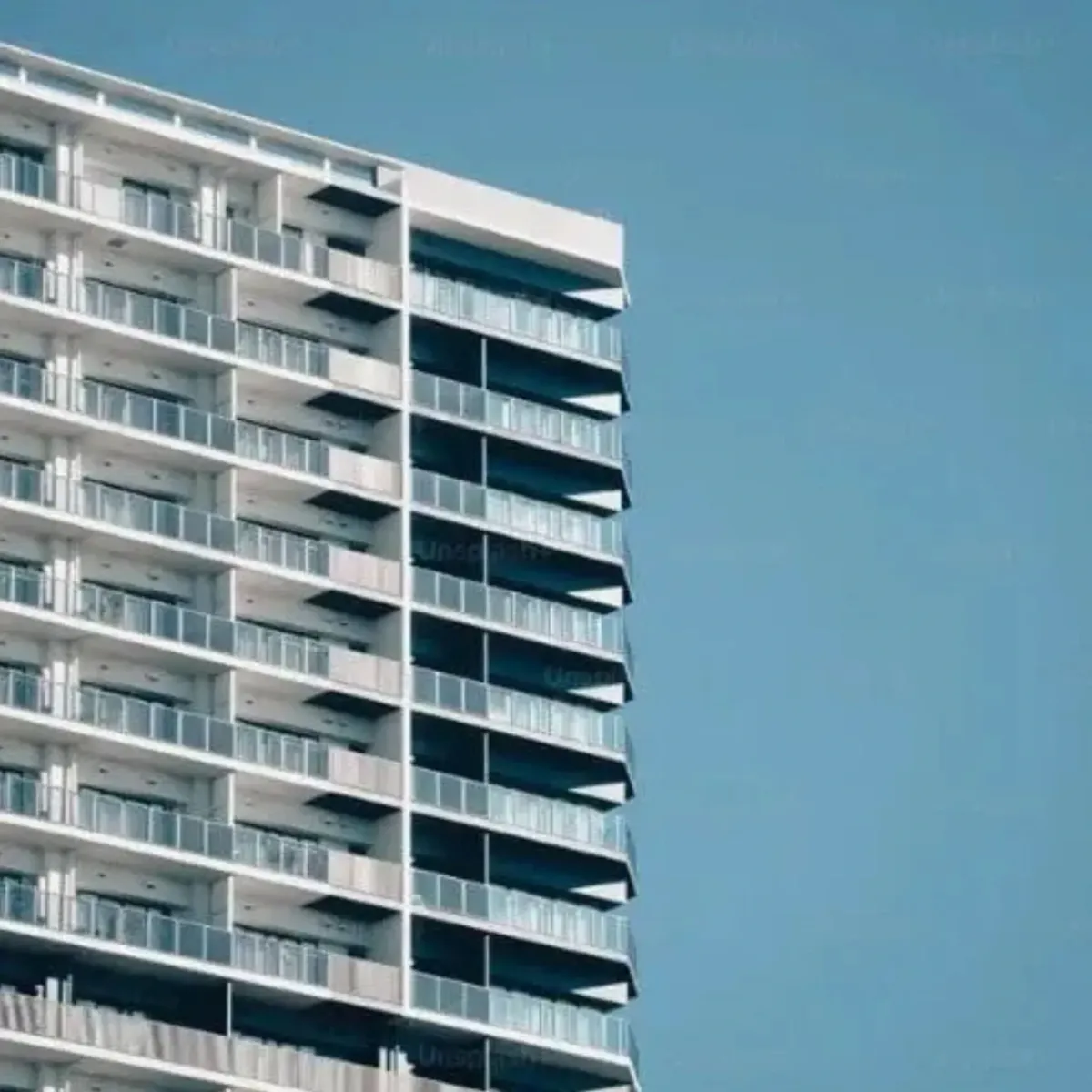
We specialise in providing professional structural drying services to help restore buildings after water damage. Whether caused by flooding, leaks, or plumbing issues, our team uses advanced equipment and techniques to efficiently dry out affected structures, preventing further damage and mould growth.
Structural Drying
Rapid Emergency Response
Moisture Detection and Monitoring
Air Movement and Dehumidification
Hidden Moisture Elimination
Building Integrity Preservation
Certified Drying Technicians
Roof & Ceiling Drying
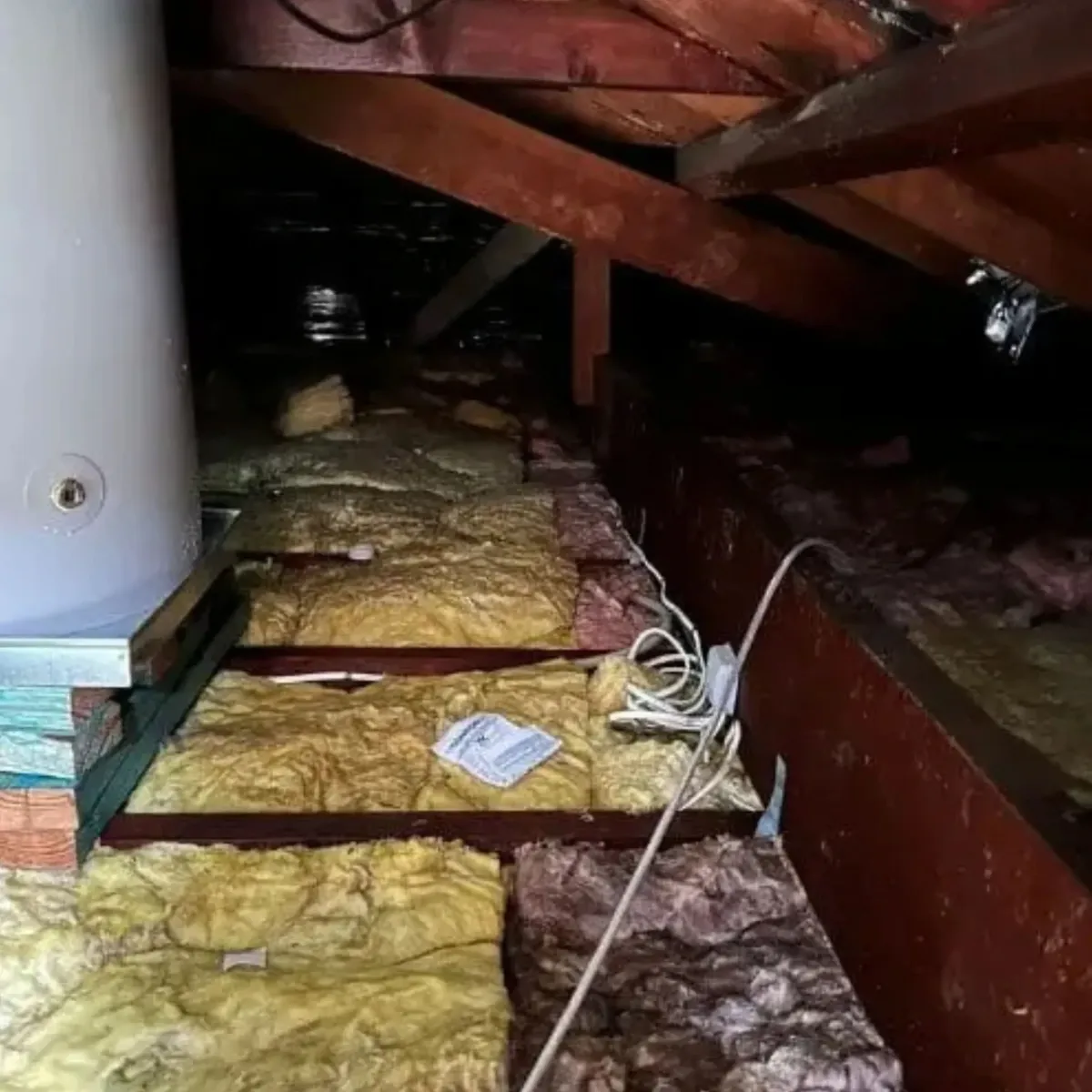
Drying roofs and ceilings is a crucial step in maintaining the structural integrity of a building after water damage. When a roof or ceiling gets wet, whether due to a leak, flood, or plumbing issue, the moisture can penetrate materials such as wood, drywall, and insulation, causing mould, mildew, rot and other secondary damage.
Roof and Ceiling Drying
Leak Source Detection and Repair
Moisture Removal and Evaporation Control
Airflow and Dehumidification Management
Moisture Monitoring and Inspection
Structural Integrity Protection
Roof and Ceiling Restoration
Wood Floor Drying
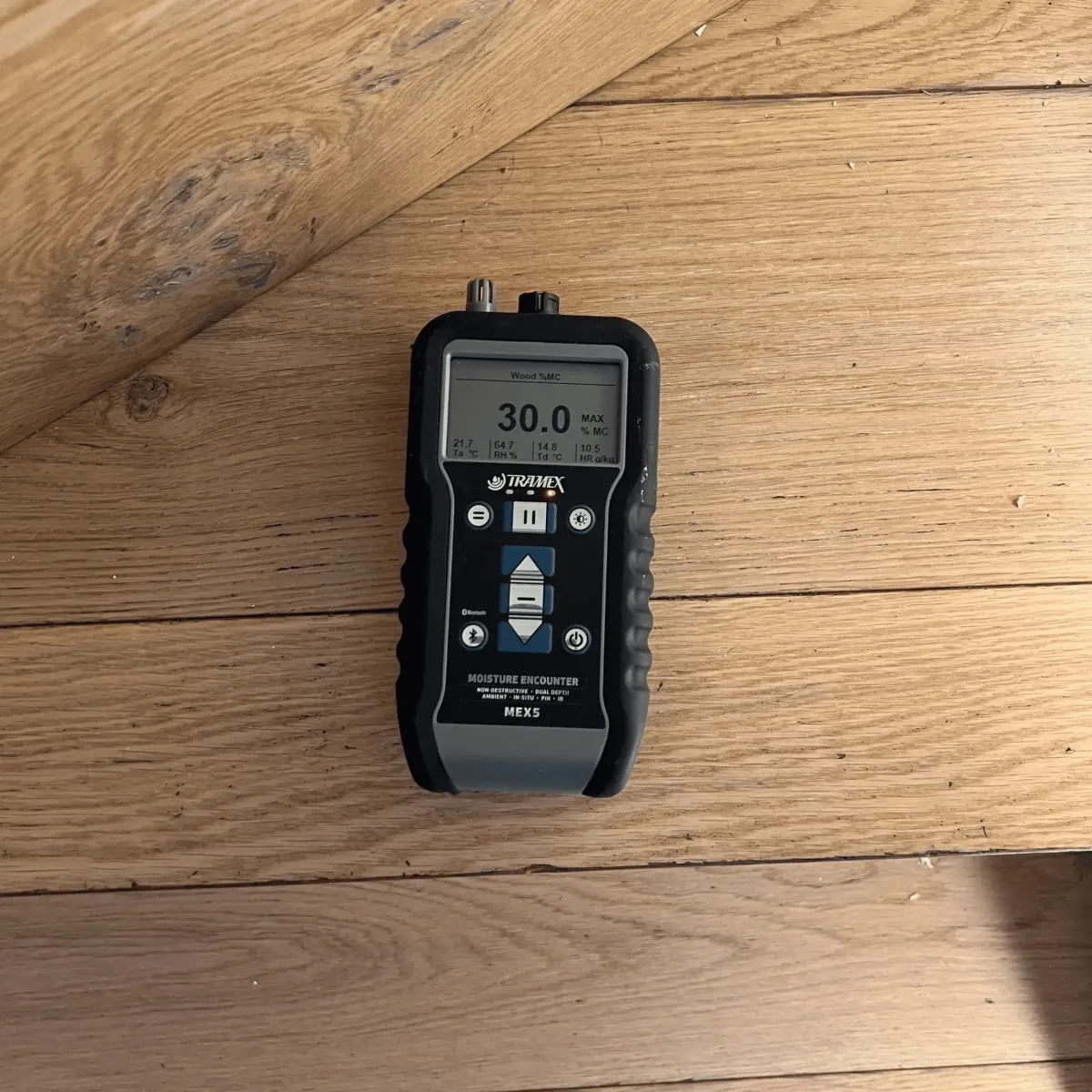
Drying wood flooring after water damage is a delicate, time-sensitive process that requires careful attention to moisture levels and the potential for long-term damage. Our team uses specialised equipment and techniques to extract moisture efficiently, preventing warping, cupping, and mould growth.
Water Source Control
Water Extraction and Surface Drying
Airflow and Evaporation Management
Dehumidification and Climate Control
Moisture Monitoring and Assessment
Wood Restoration and Refinishing
Grease Trap Failures
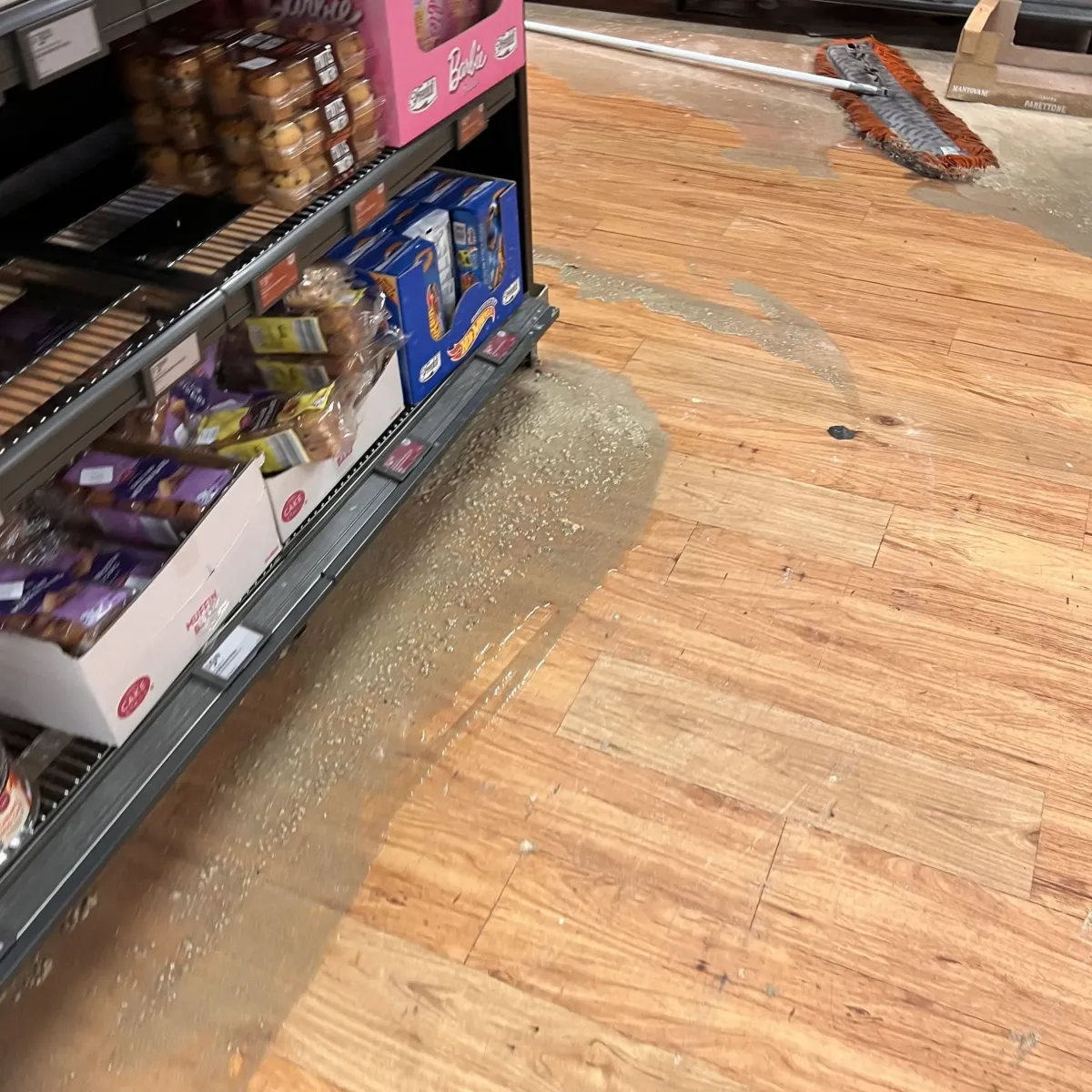
Grease trap failures or overflows require immediate expert support to reduce secondary damage and restore your premises to original condition. Our team responds quickly with the right equipment and techniques to contain the spill, clean the area, and ensure your property is safe and compliant.
Expert Emergency Support
Grease Trap Overflow Response
Backflow Management
Rapid On-Site Assessment
Containment and Cleanup Solutions
Safe and Compliant Restoration
Sydney-Wide 24/7 Availability
Stress-Free Recovery Assistance
Damage Assessment
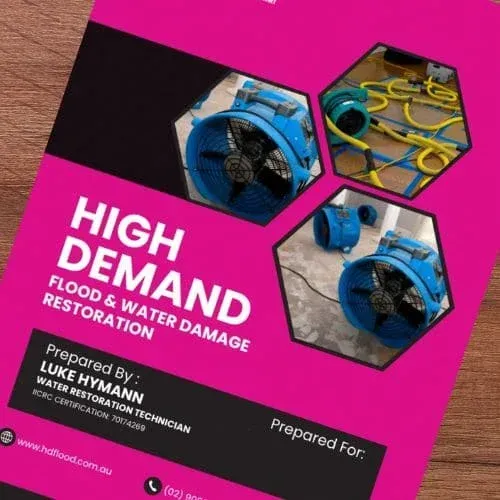
Thorough flood damage assessment and documentation are crucial for both the restoration process and for insurance claims. When you contact us after a flood event, our team will conduct a comprehensive assessment of your property to determine the extent of the damage.
Flood Damage Assessment
Comprehensive Property Inspection
Moisture Detection and Mapping
Hidden Water Damage Identification
Detailed Photo Documentation
Insurance Report Preparation
Restoration Planning and Coordination
Electrical Make Safe
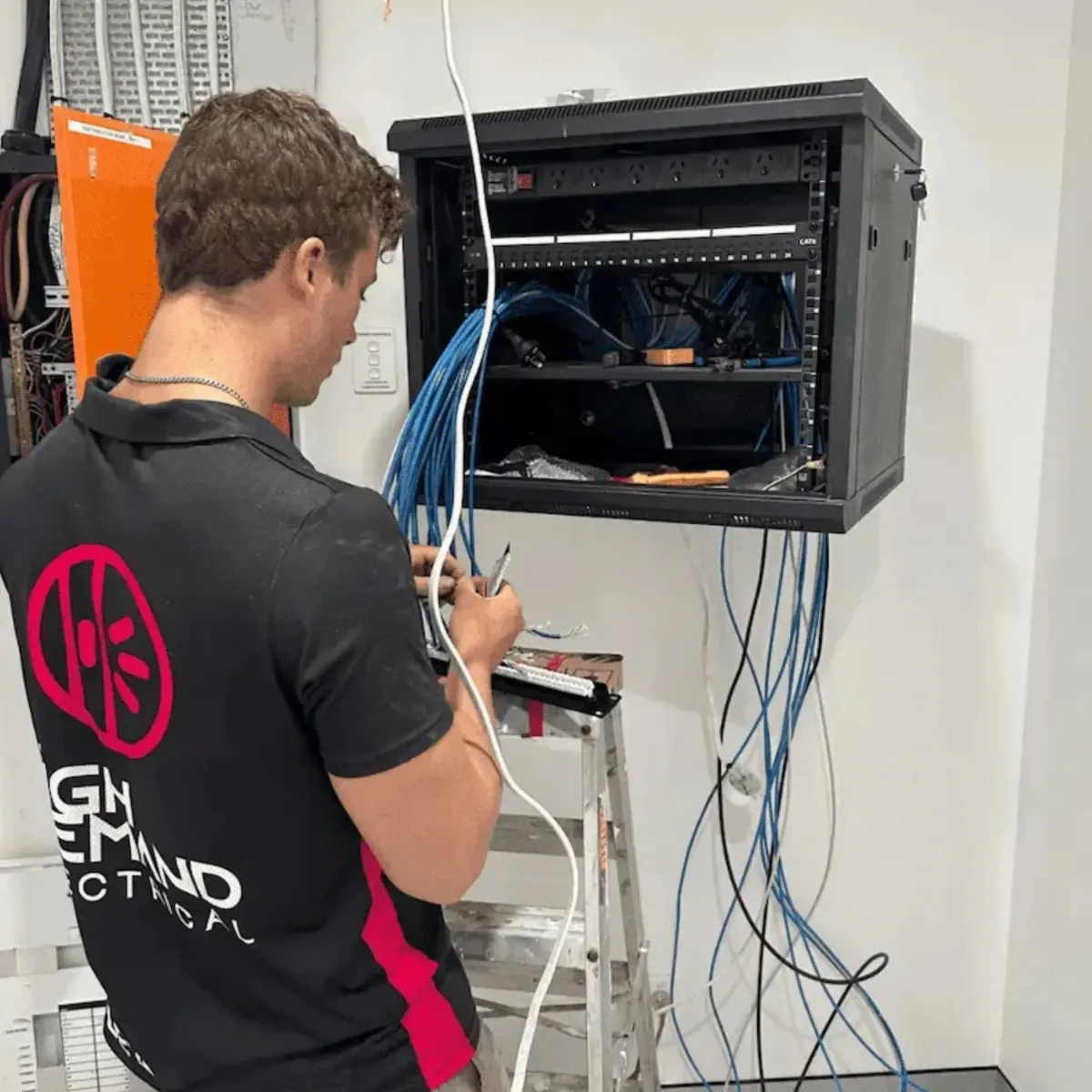
Flood emergencies can strike without warning, which is why our electrical make safe services are available 24/7. When floodwaters impact your property, the risks to your electrical system can be severe, and our team is ready to respond swiftly with tailored solutions to address these critical issues.
24/7 Emergency Electrical Make Safe
Comprehensive Electrical Restoration
Flood Impact Electrical Safety
Power Isolation and Hazard Control
Rapid Electrical Assessment
Emergency System Stabilisation
Safe Reconnection and Testing
Property and Occupant Protection
Flood Drying Equipment
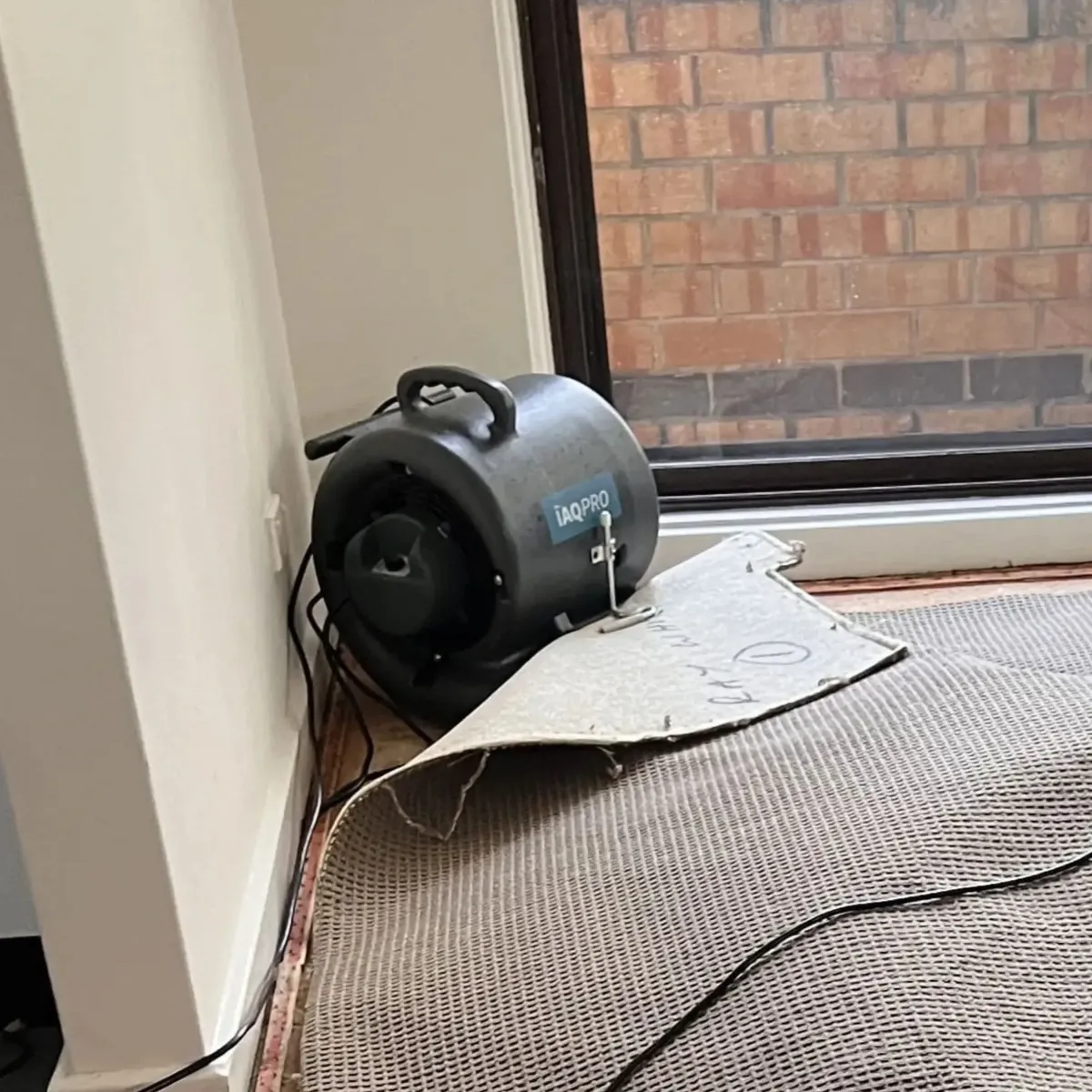
We offer an extensive selection of commercial-grade drying equipment designed to handle any flood emergency. With a variety of air movers and dehumidifiers, we have the right tools to efficiently and effectively address flooding situations, ensuring a rapid resolution and return to normal.
Air Movers and Industrial Fans
Accurate Moisture Level Assessment
Dehumidifiers and Moisture Control Systems
Residential and Commercial Drying Solutions
Moisture Testing and Detection Tools
Hidden Water Damage Identification
Moisture Detection Tools
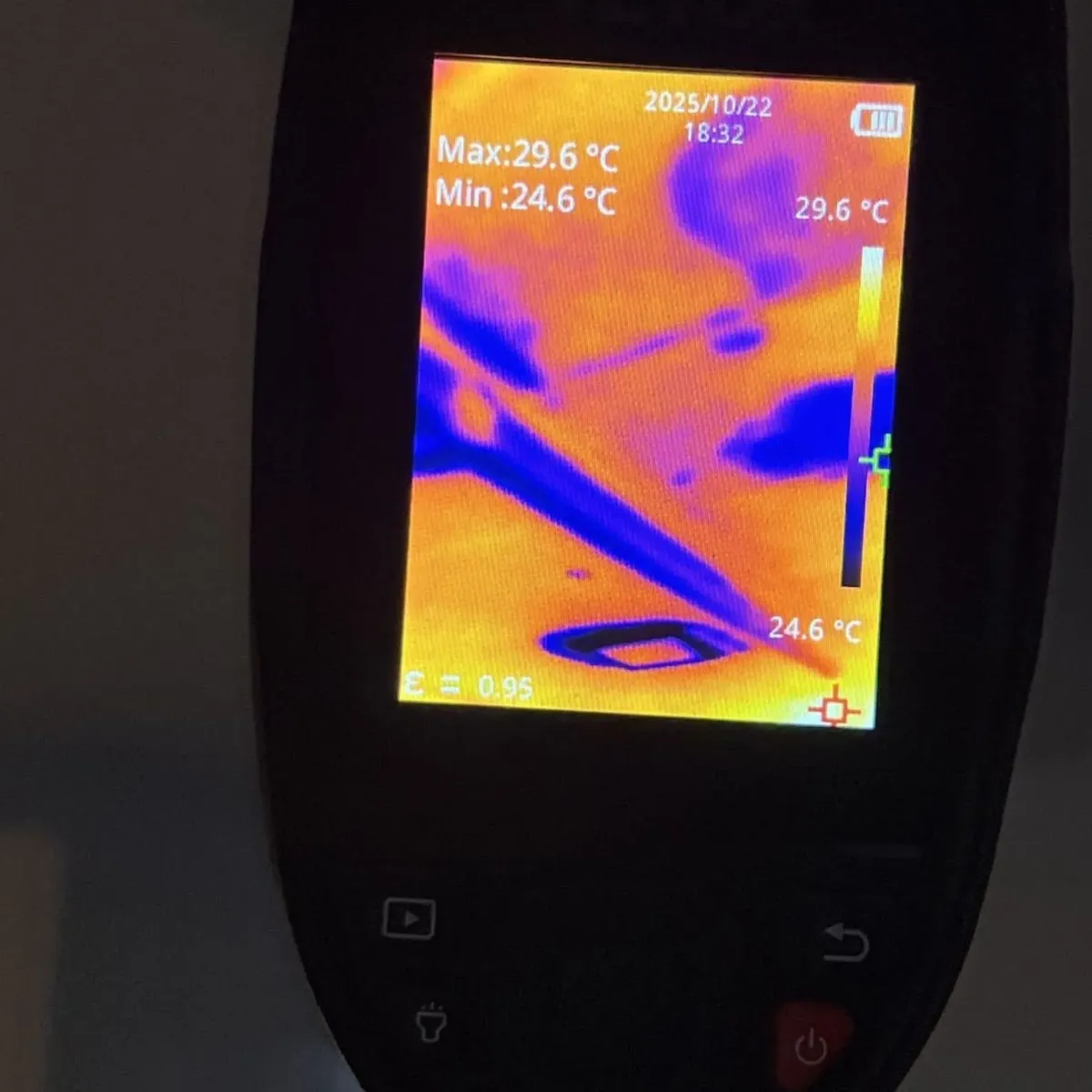
We provide a comprehensive range of advanced flood assessment tools, equipped to accurately evaluate any flood situation. From moisture meters to thermal imaging devices, we have the essential equipment to quickly assess and determine the full extent of the damage, allowing for efficient and effective action.
Non-Invasive Moisture Testing
Infrared Thermal Imaging
Invasive Moisture Testing
Accurate Moisture Level Detection
Hidden Water Damage Identification
Targeted Drying and Remediation
Ongoing Moisture Monitoring
Structural Protection and Mould Prevention
FREE 2025 MOULD GUIDE
Learn about the dangers of mould to you and your family?
20-Page Downloadable Resource
WHY CHOOSE HIGH DEMAND RESTORATION?
Reduce Secondary Damage
Reduce further damage to your premises by quickly and efficiently removing moisture from affected materials.
Reduce Harmful Fungal Growth
Reduce the chances of harmful fungal growth such as mould. By drying the area correctly and within industry standards we greatly reduce the chances of mould taking hold.
Reduce Costs for Restoration
By drying your premises correctly and in a timely manner we can often reduce the total costs of your restoration. Many materials can be saved if treated correctly.
Reduce Disruption
Proper flood restoration can reduce the total time to restore your premises to its original condition. By avoiding fungal growth and saving as many existing materials as possible we can significantly reduce your restoration time.
Certified Technicians
Our technicians are IICRC Certified Water Restoration Technicians & Applied Microbial Remediation Technicians adhering to industry standards and best practices to ensure you receive expert service.
Professional
We are fully insured with all necessary insurance policies in place as well as fully certified. Protecting you and us from any unforeseen events.
PROUD TO OFFER OUR CUSTOMERs 24/7 SYDNEY WIDE FLOOD, WATER & MOULD DAMAGE RESTORATION SERVICES
GET IN TOUCH
Contact us today!
SOME OF OUR RECENT WORK
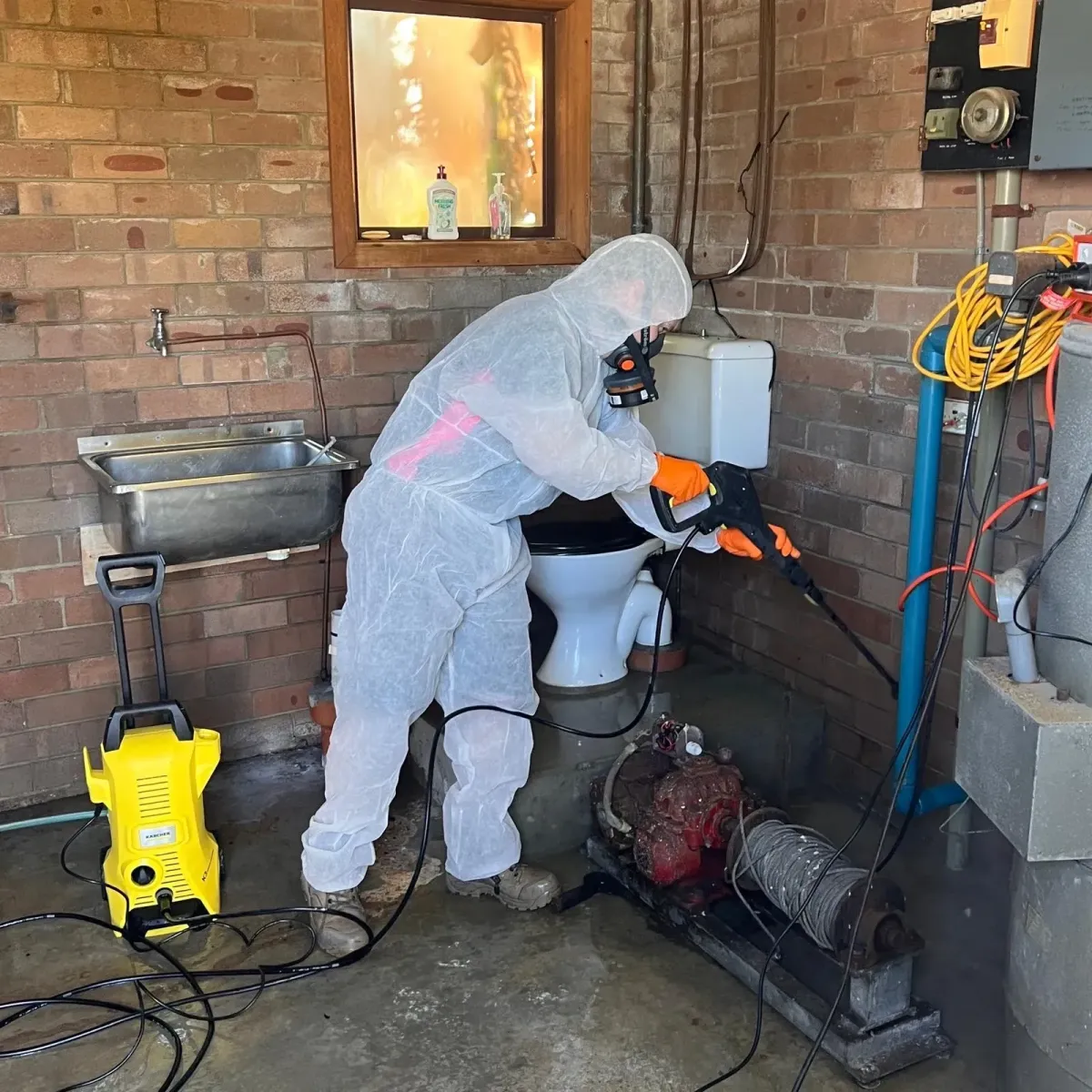
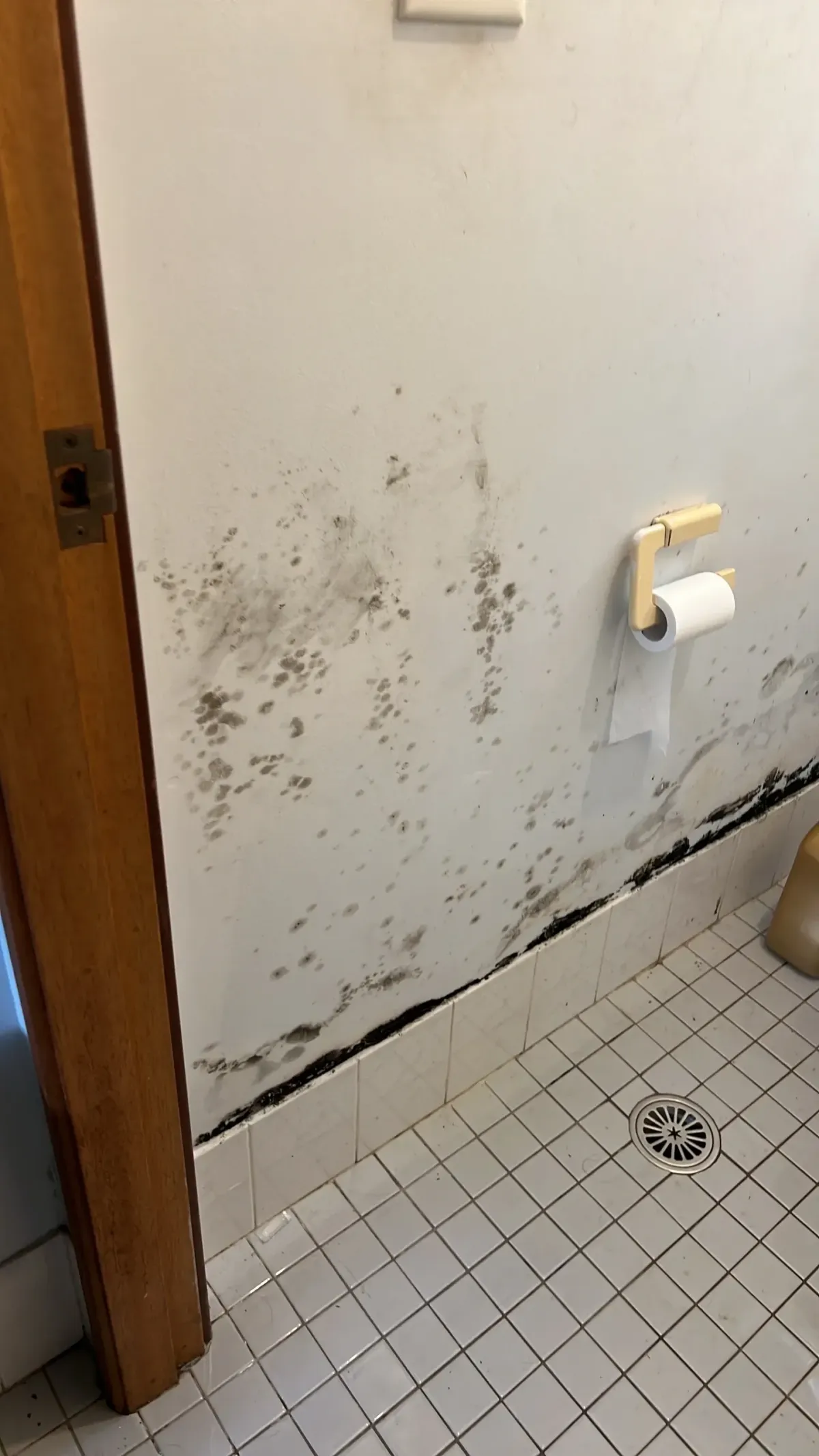
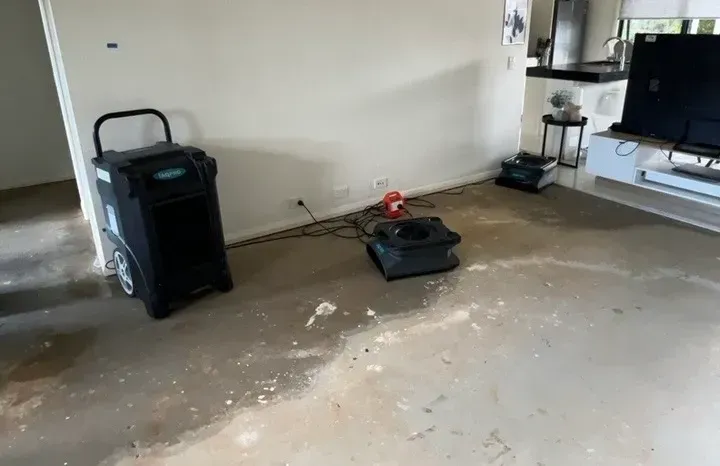
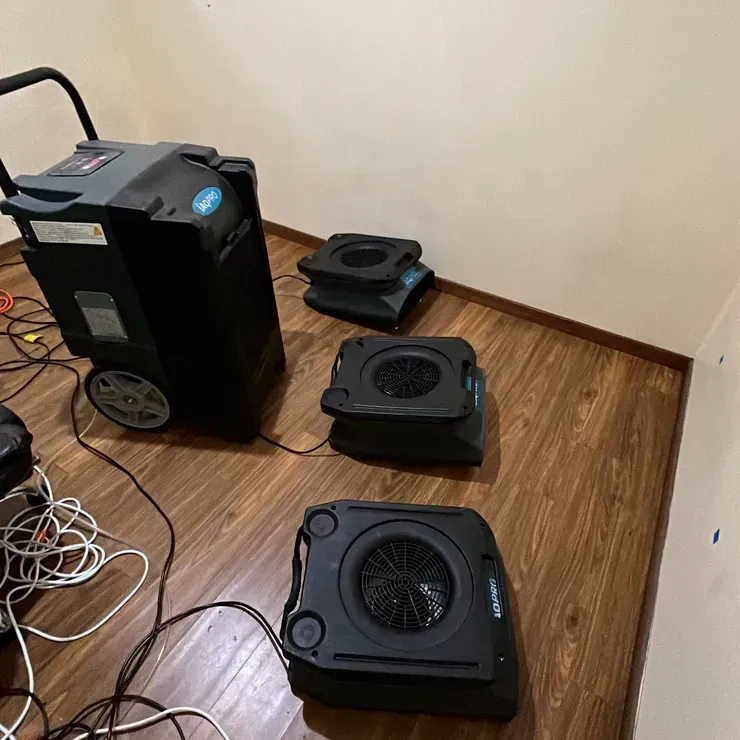

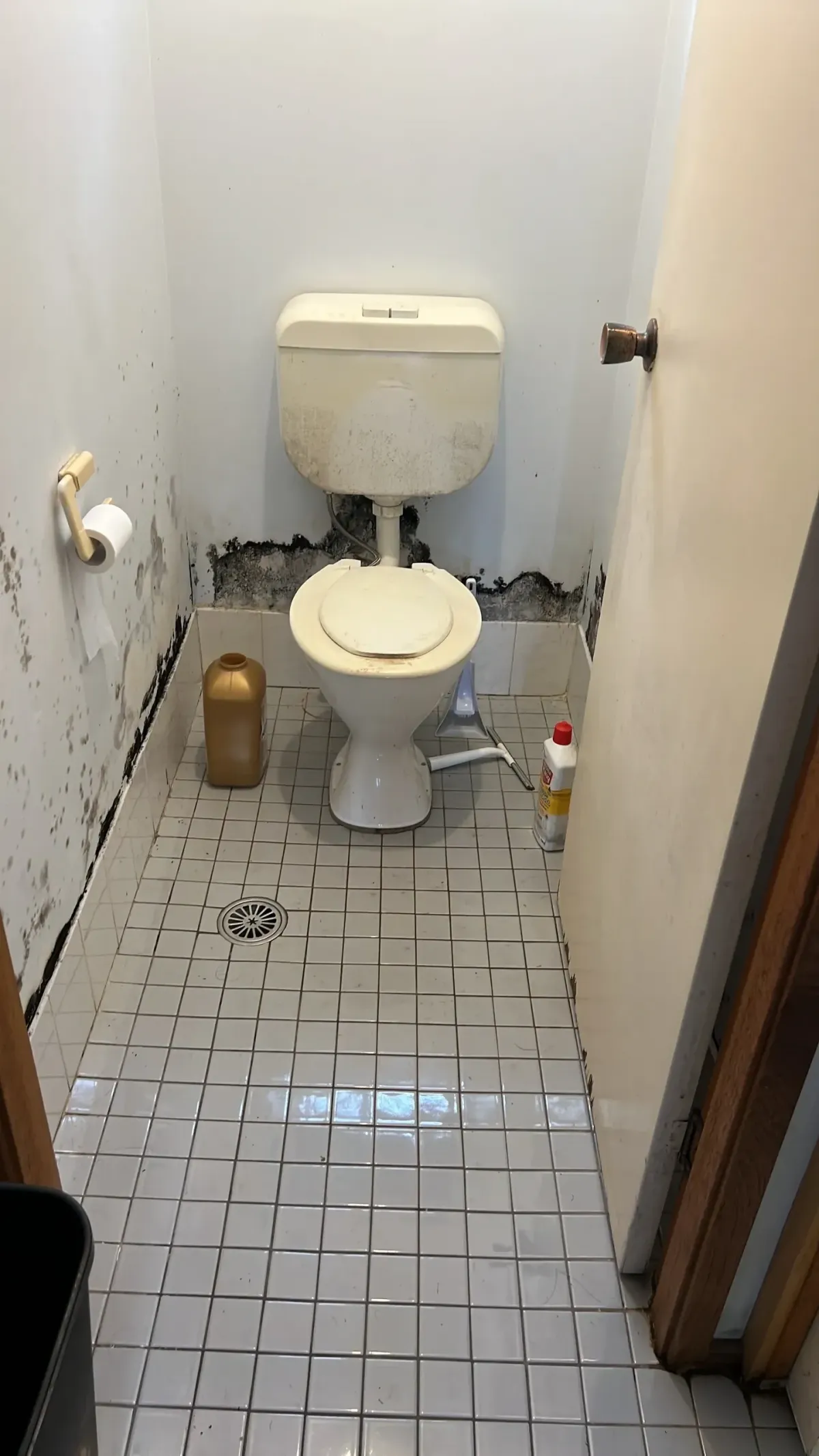

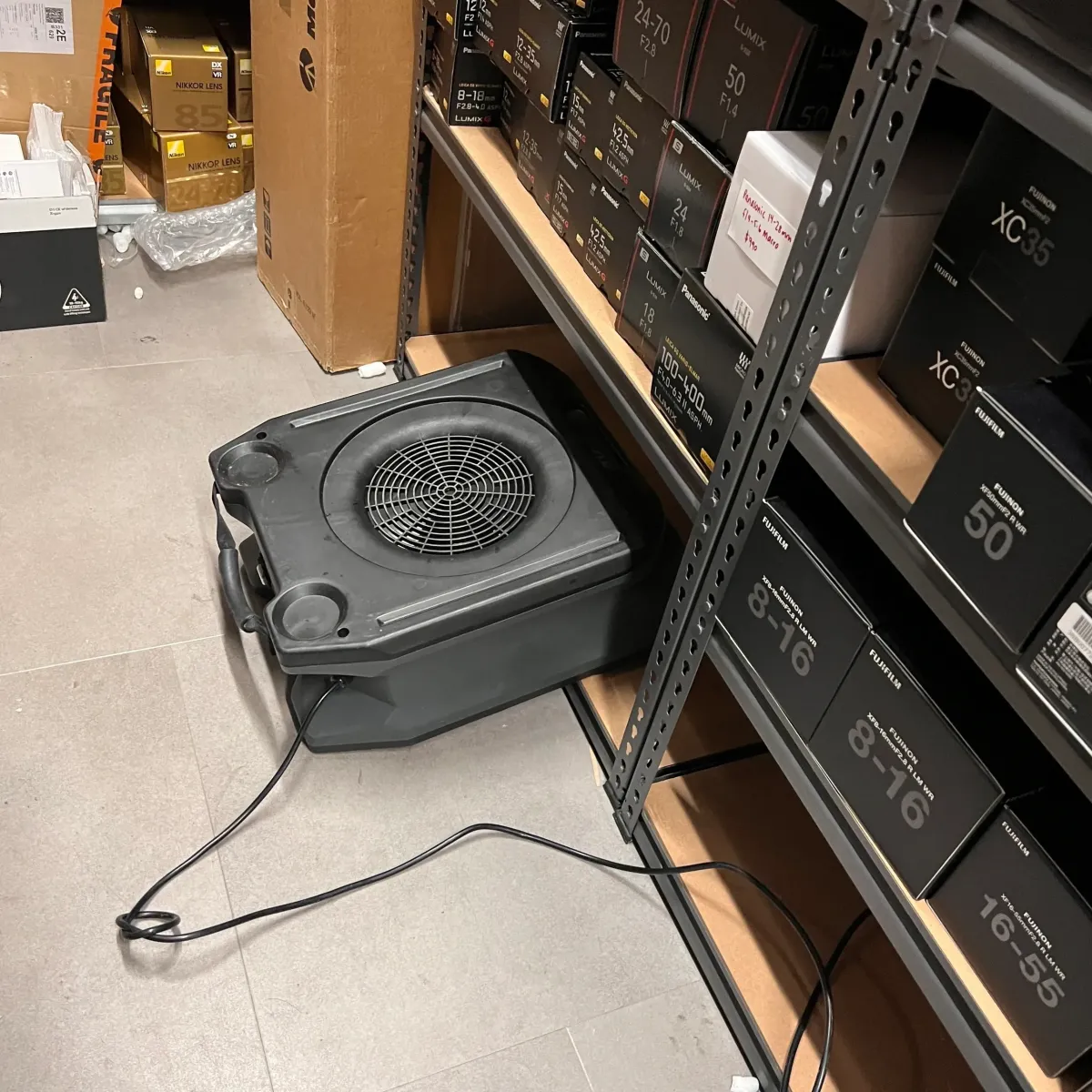
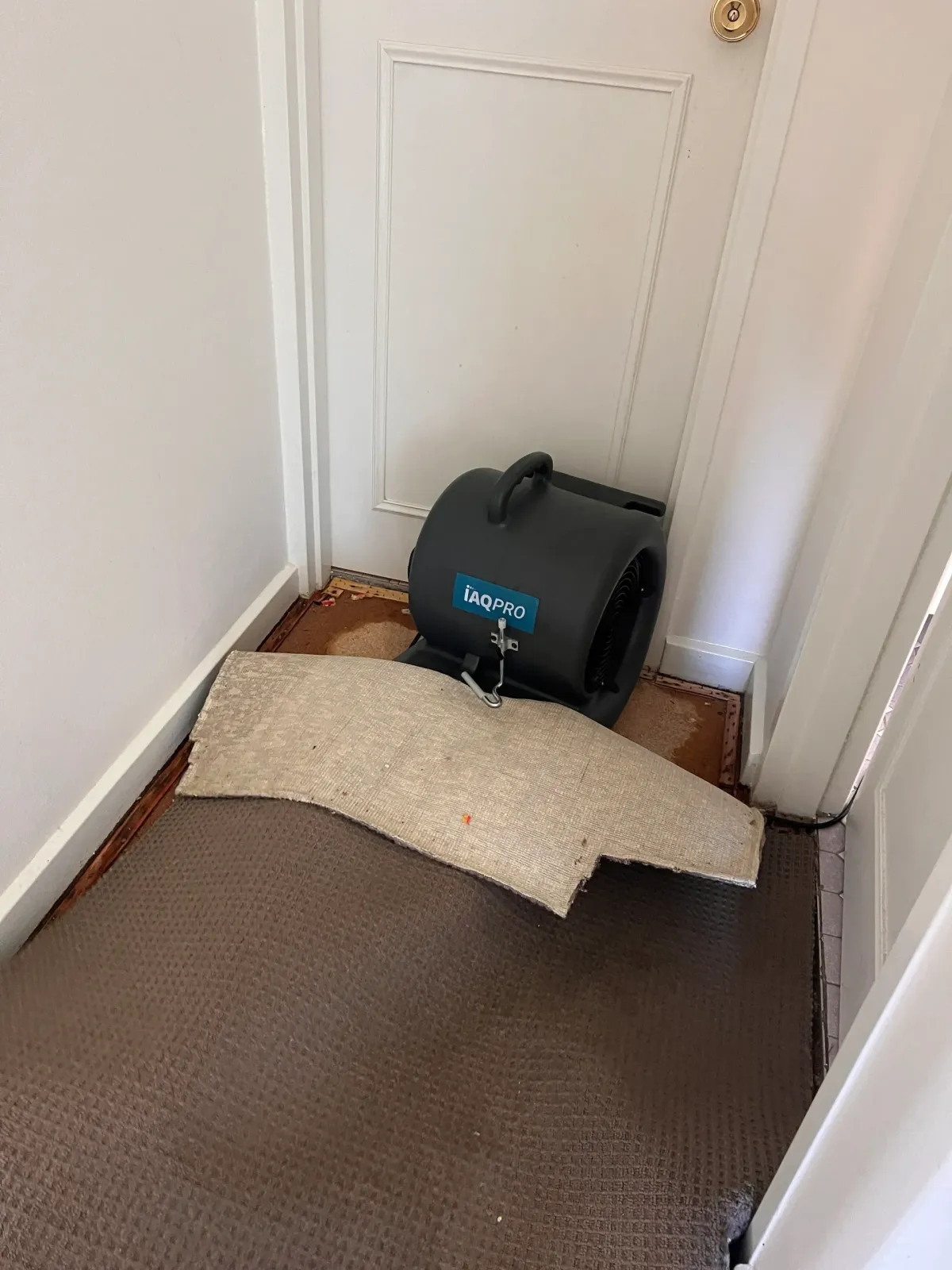
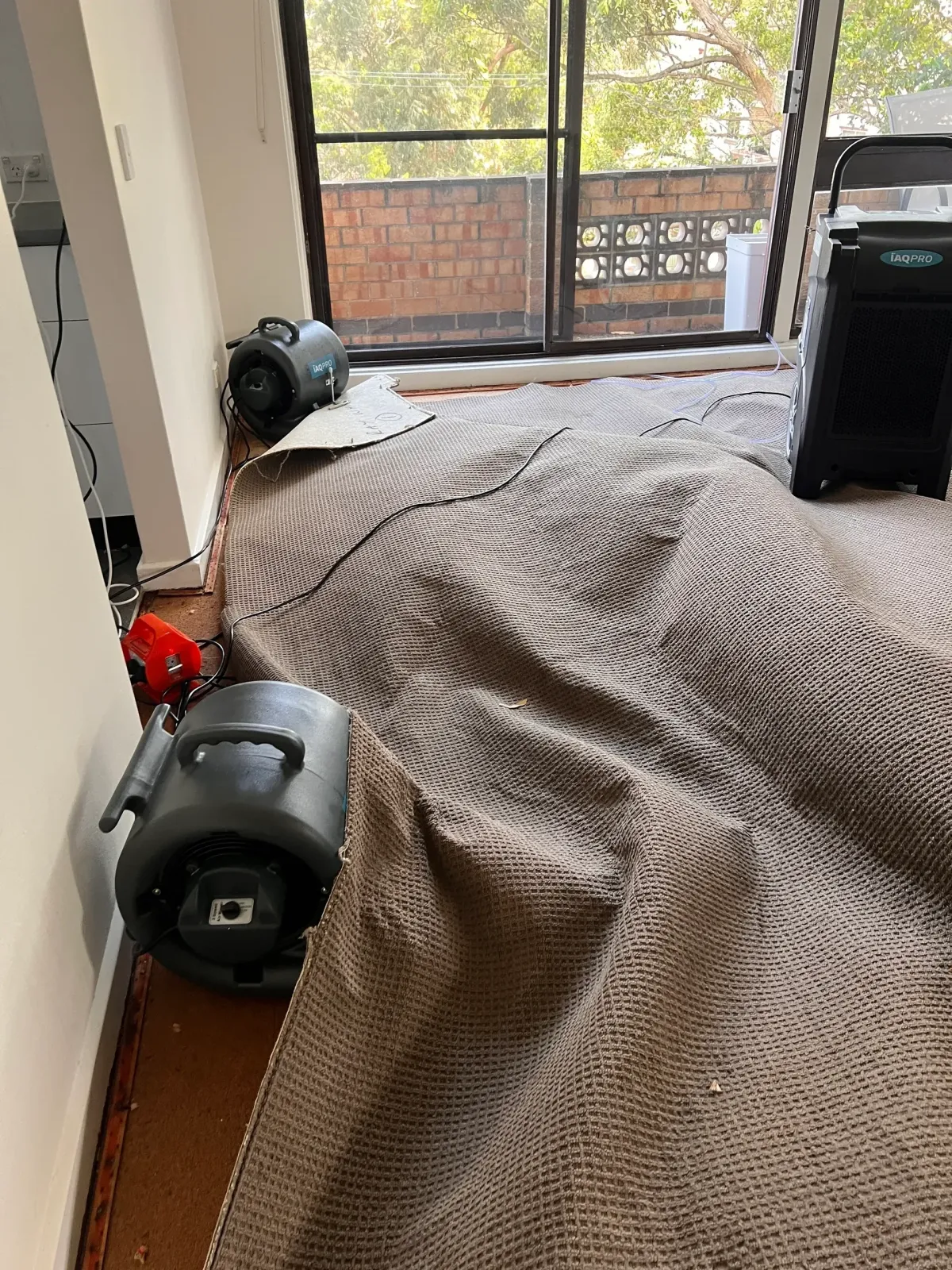
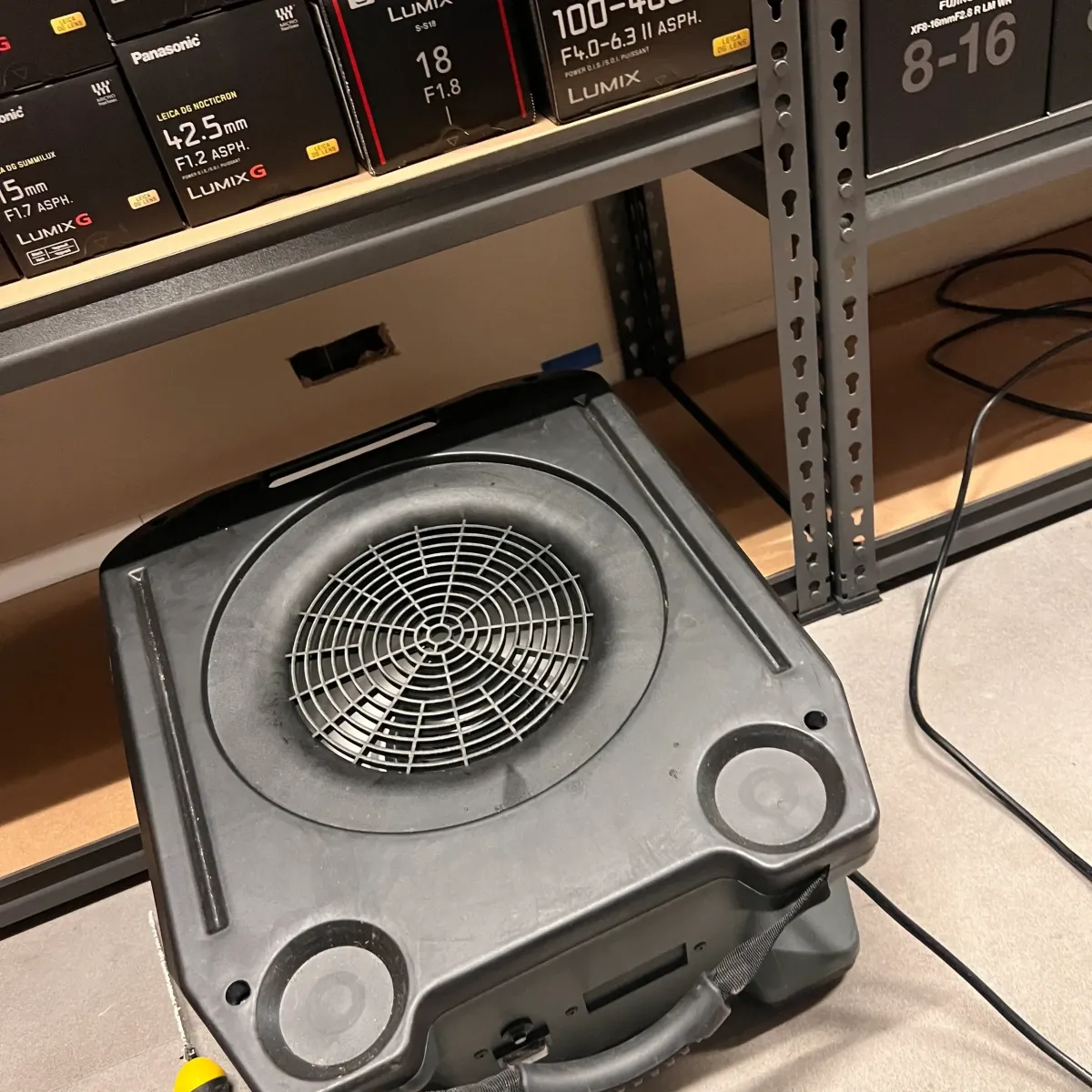

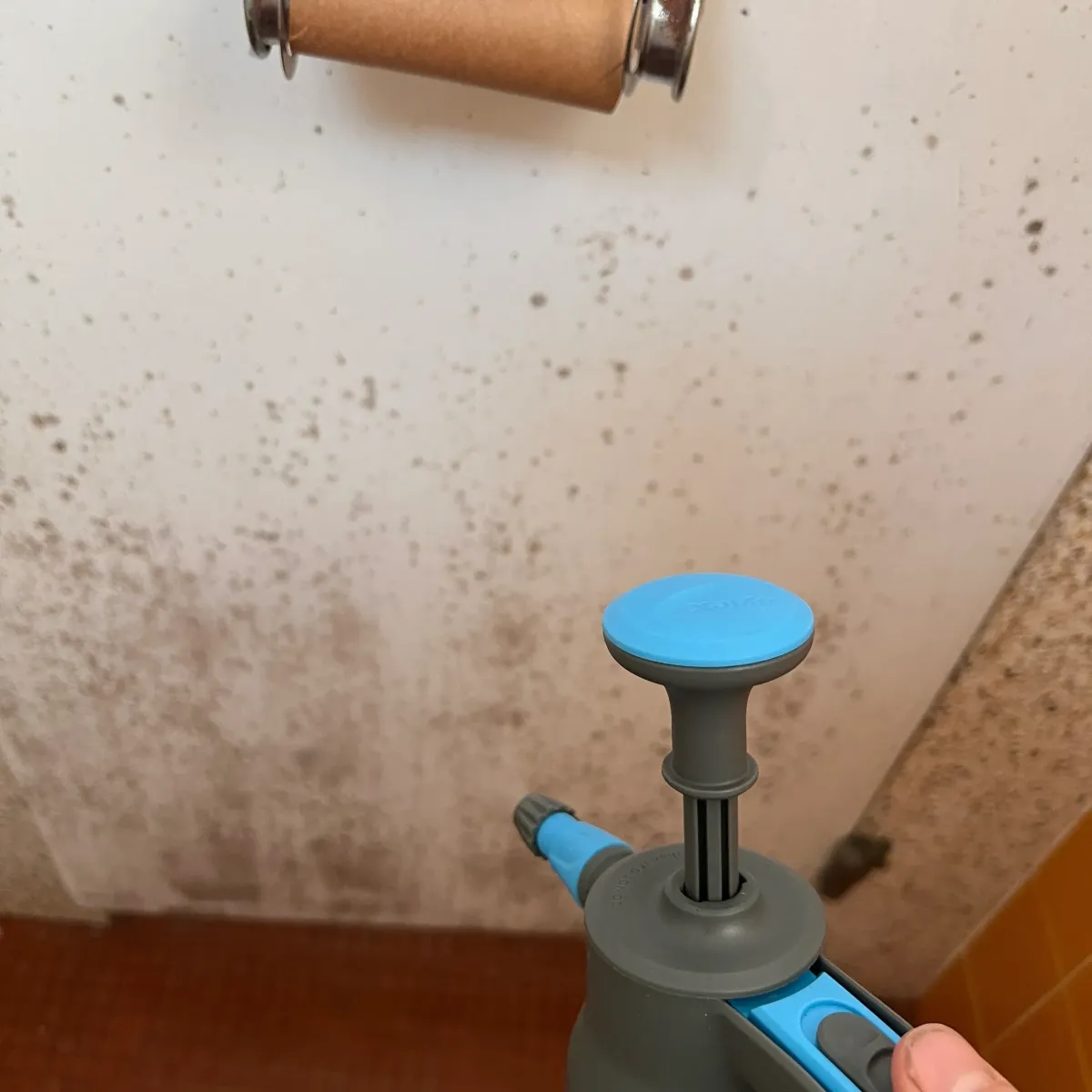
SOME OF OUR RECENT WORK













SOME OF OUR RECENT WORK
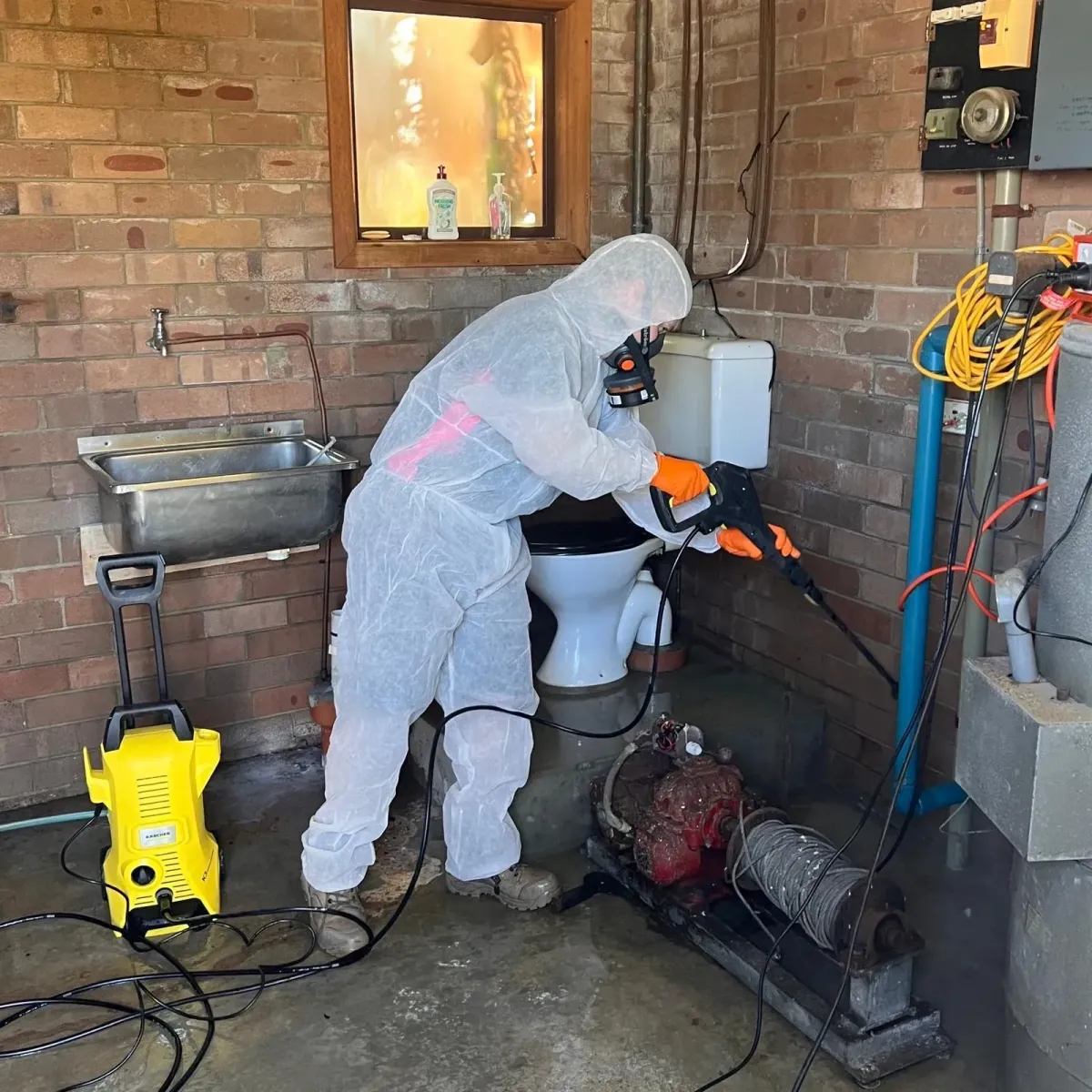
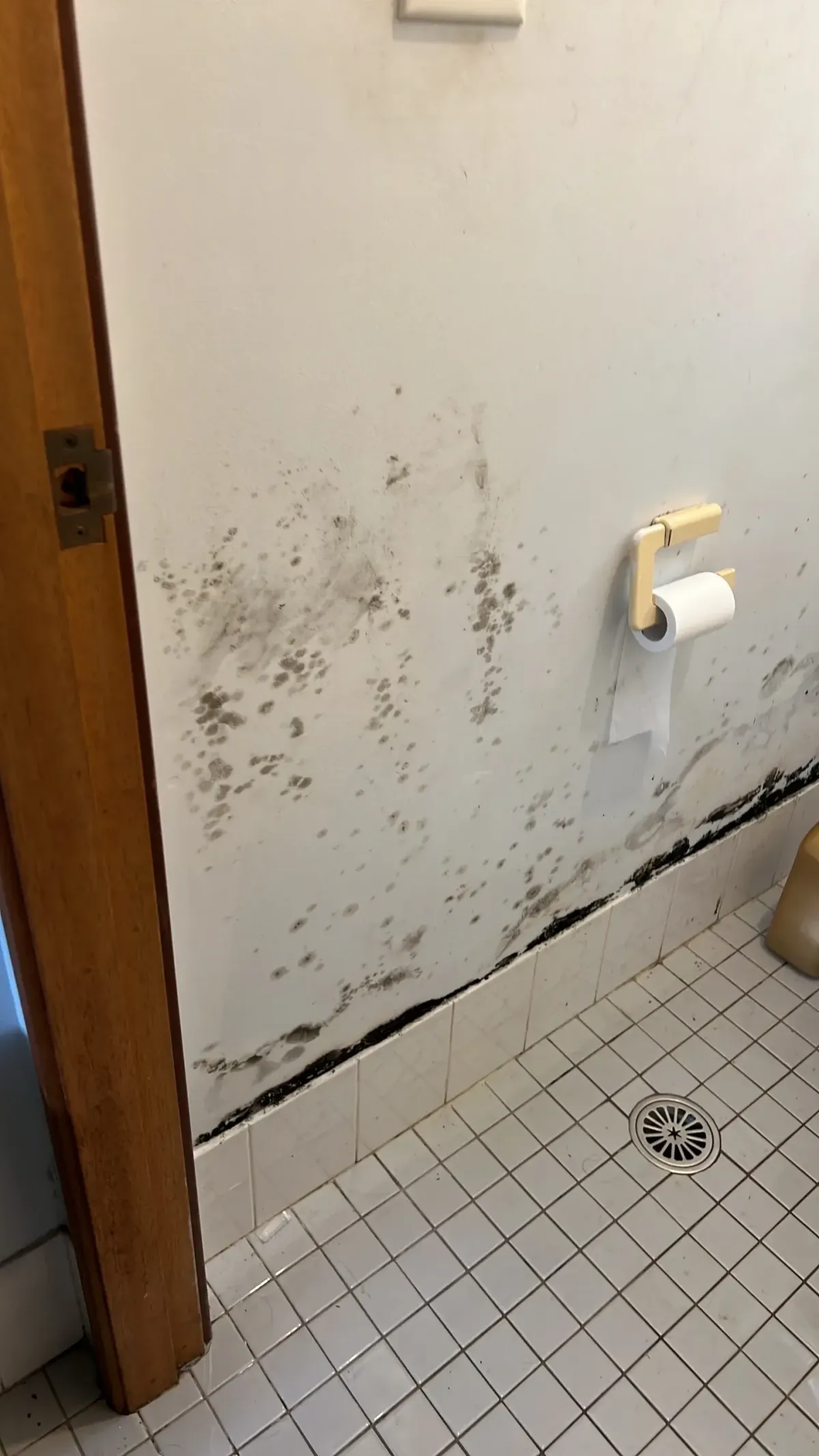
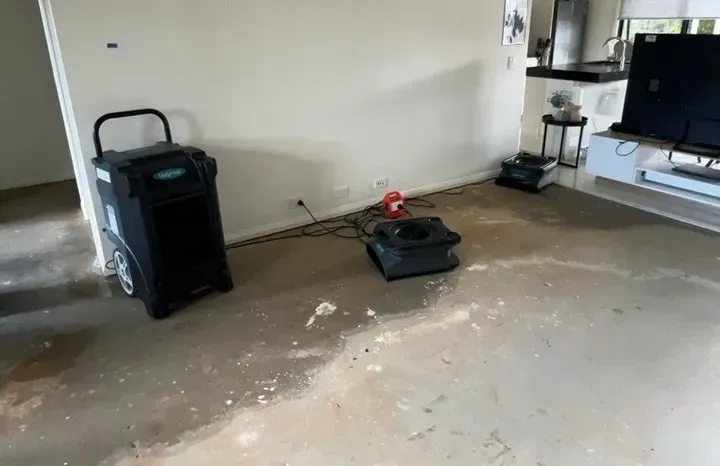
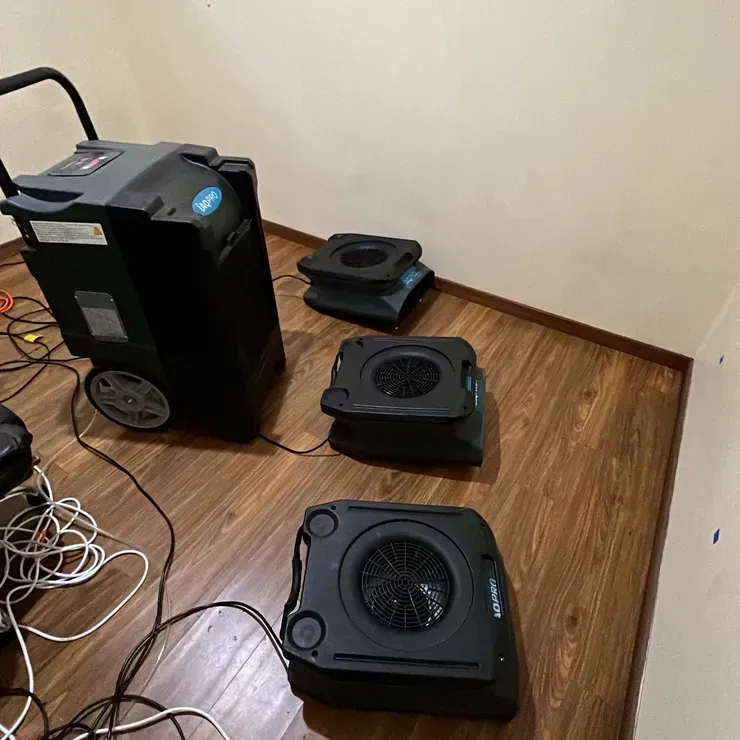
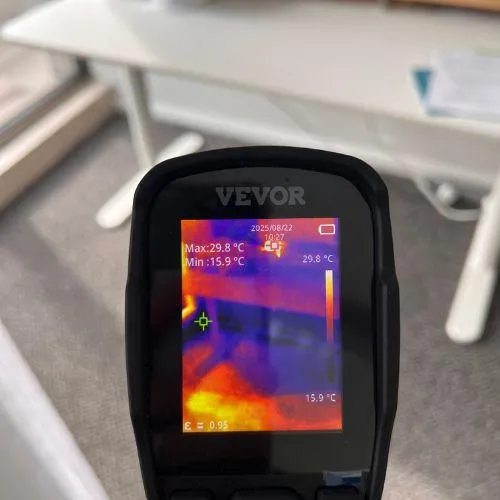
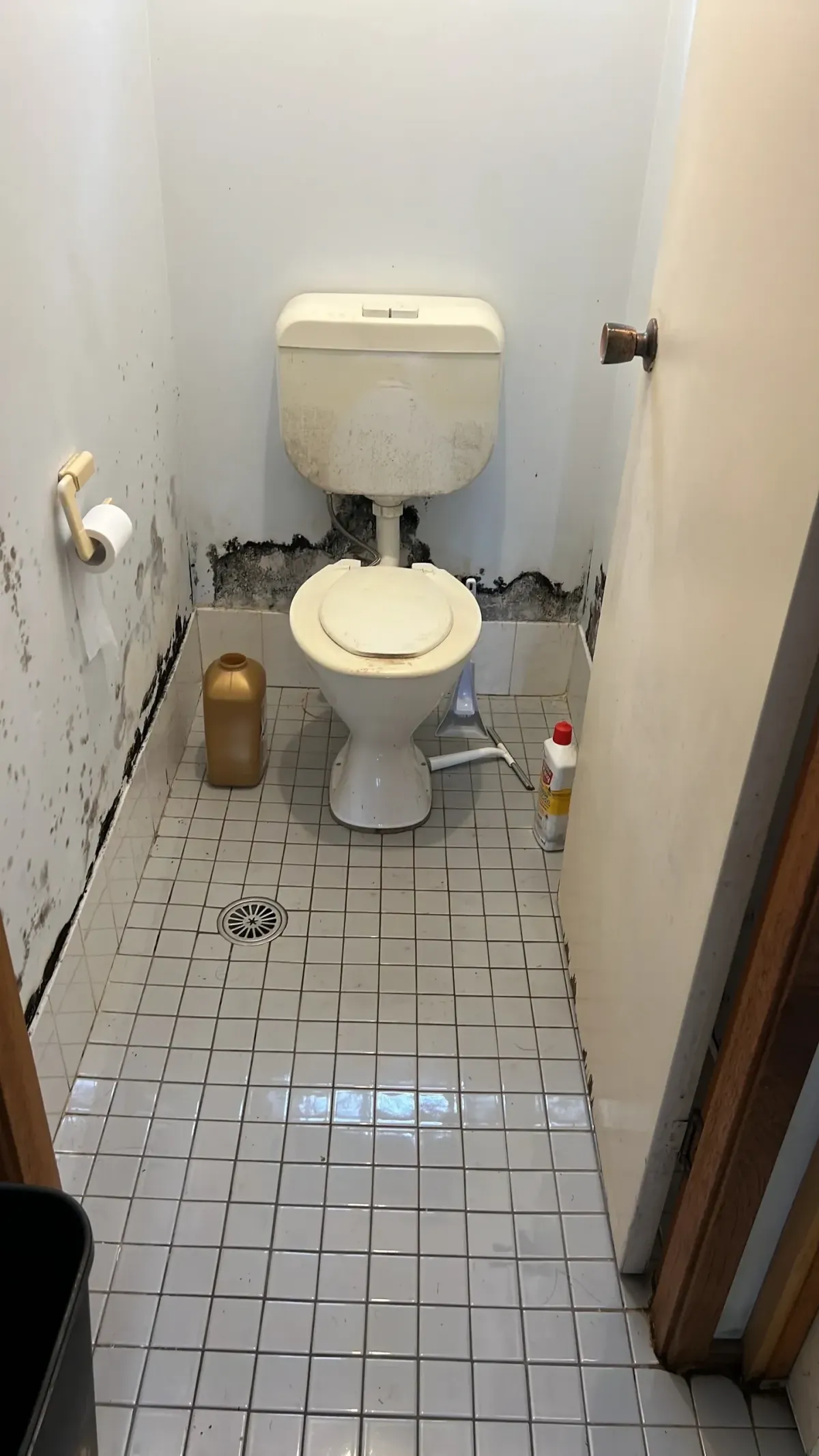
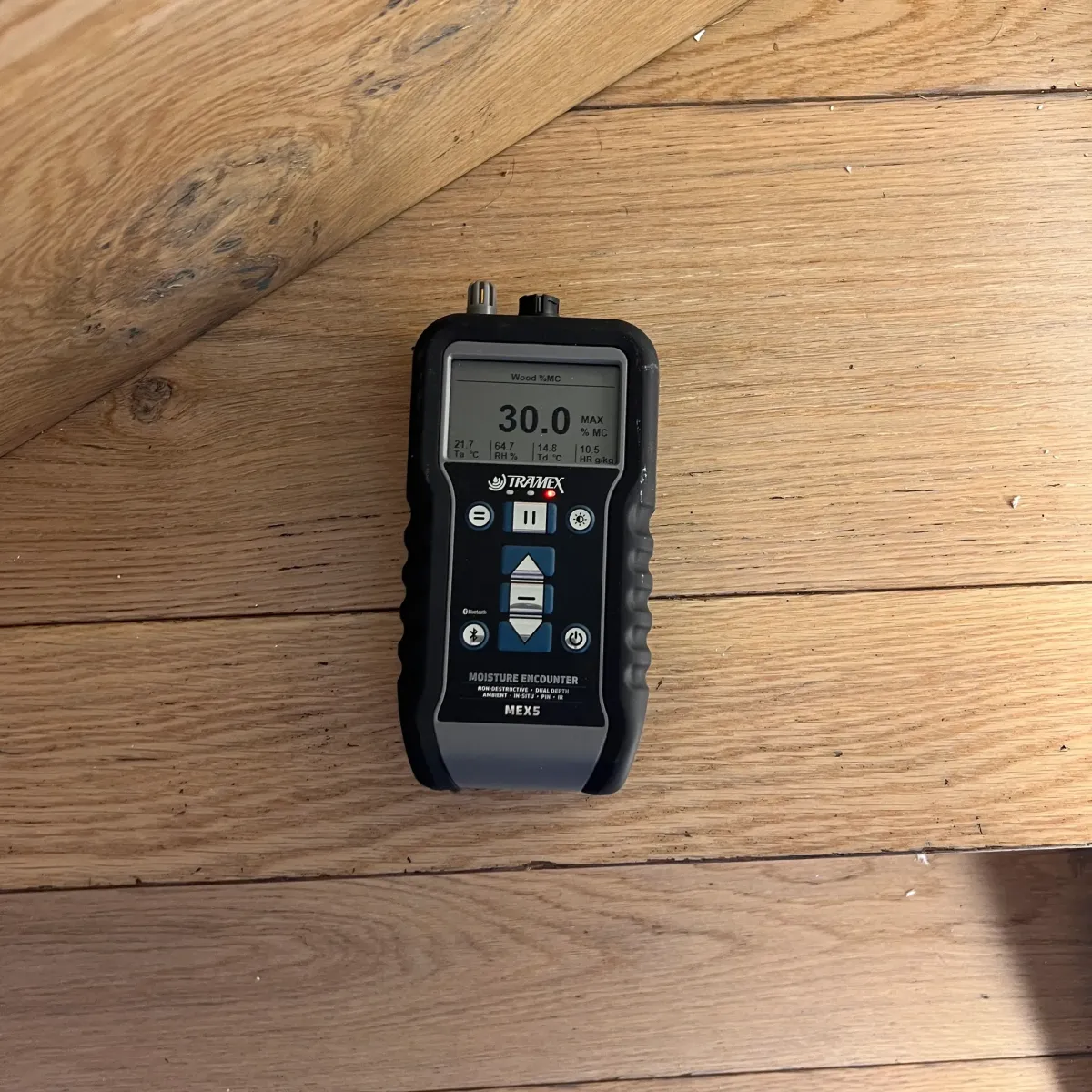
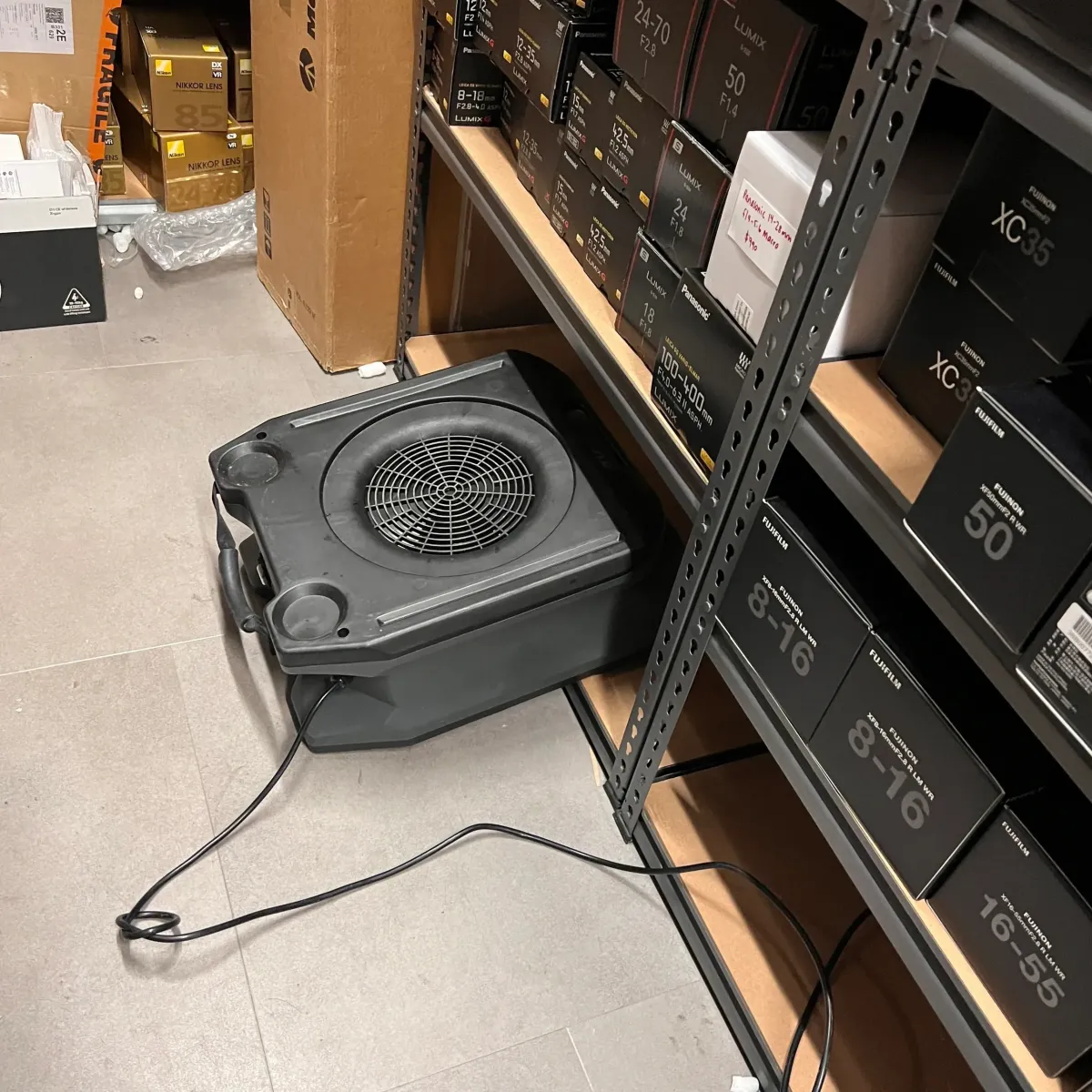


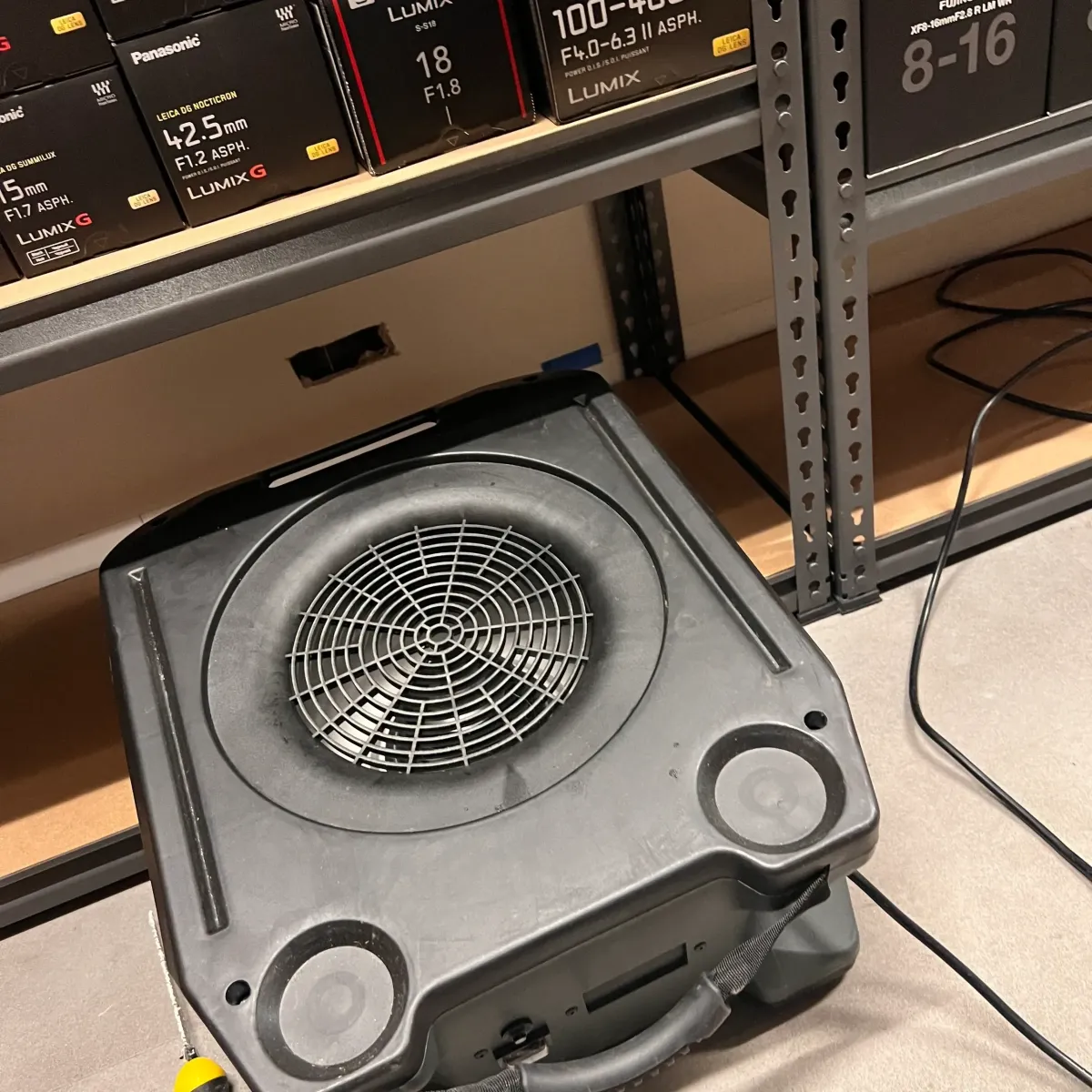
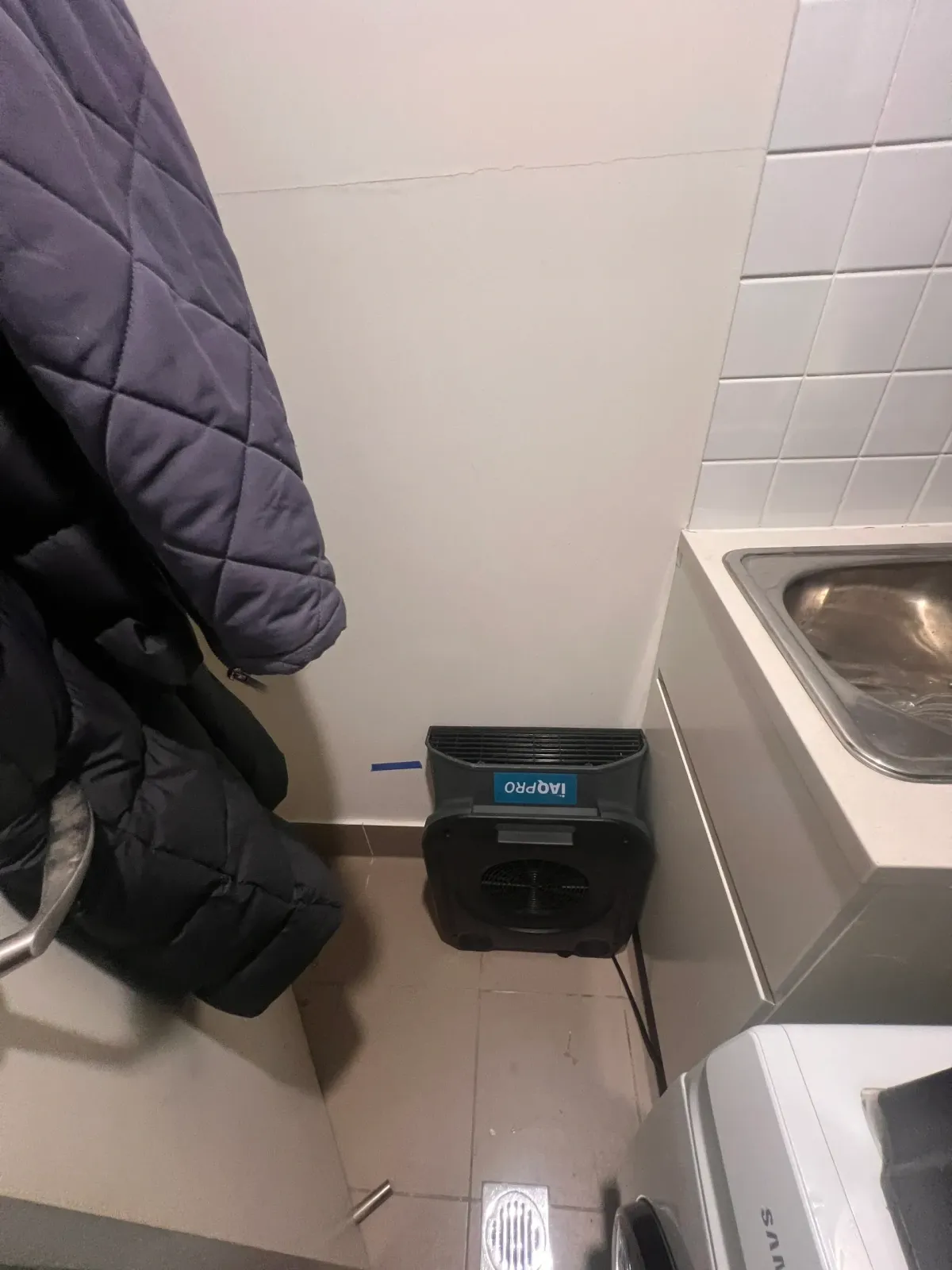
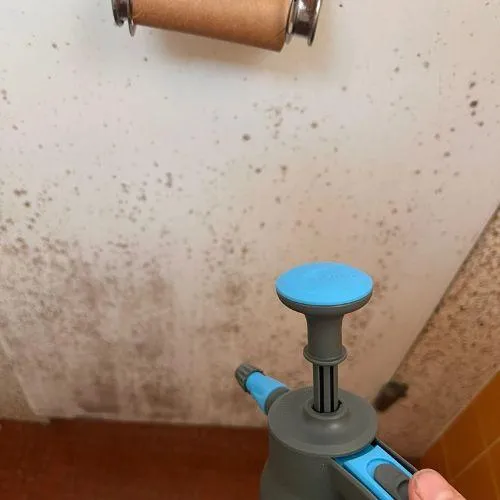
WHAT DO WE DO?
Assess Water Ingress Situations
Using a range of tools and techniques we will assess the full scope of water ingress at the premises.
Create Drying Goals
We will create drying goals for the project based on the unique needs of your premises.
Install Appropriate Equipment
We will use specialist drying tools to ensure we dry your project correctly. This reduces secondary damage and ensures a quick return to normal for you, your family or business.
Regularly Reassess Your Premises
We will regularly re-attend your premises to assess our progress towards drying goals and make adjustments as necessary.
Report on our Findings
We will provide a detailed report on the findings, progress and finalisation of your project.
Keep you Informed
We will keep all parties informed throughout all steps of the restoration process.
CONTACT US
Open 24/7 | Call Now
(02) 9090 4625
Available 24/7 for all of your water and flood restoration needs
Who we work with
Insurers

Insurance Repairers
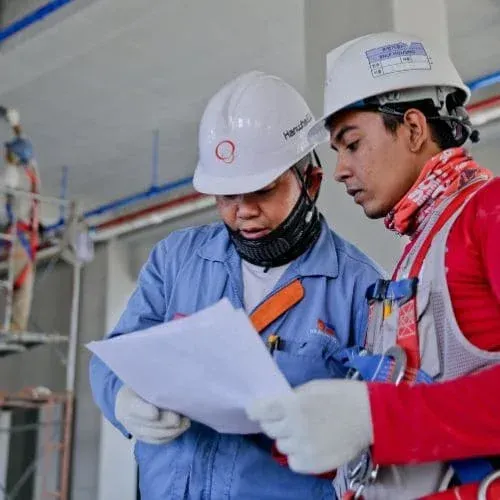
Make Safe Providers

Home Owners

Property Managers

Strata Companies

Trades
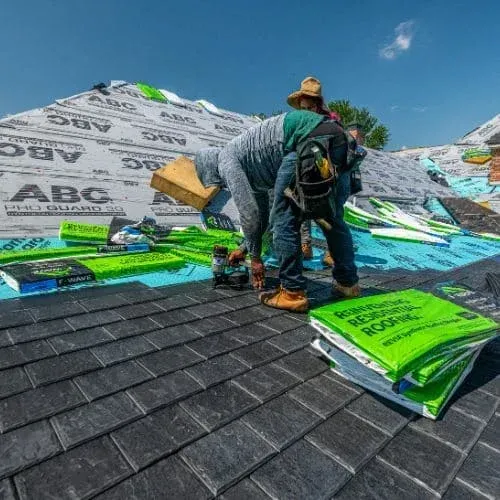
Builders

Real Estate Agents

ABN: 35677824609
ACN: 677824609
IICRC Certification: 70174269
Sydney-Wide, Wollongong, The Illawarra & Surrounds
Call us today (02) 9090 4625
Email: [email protected]













